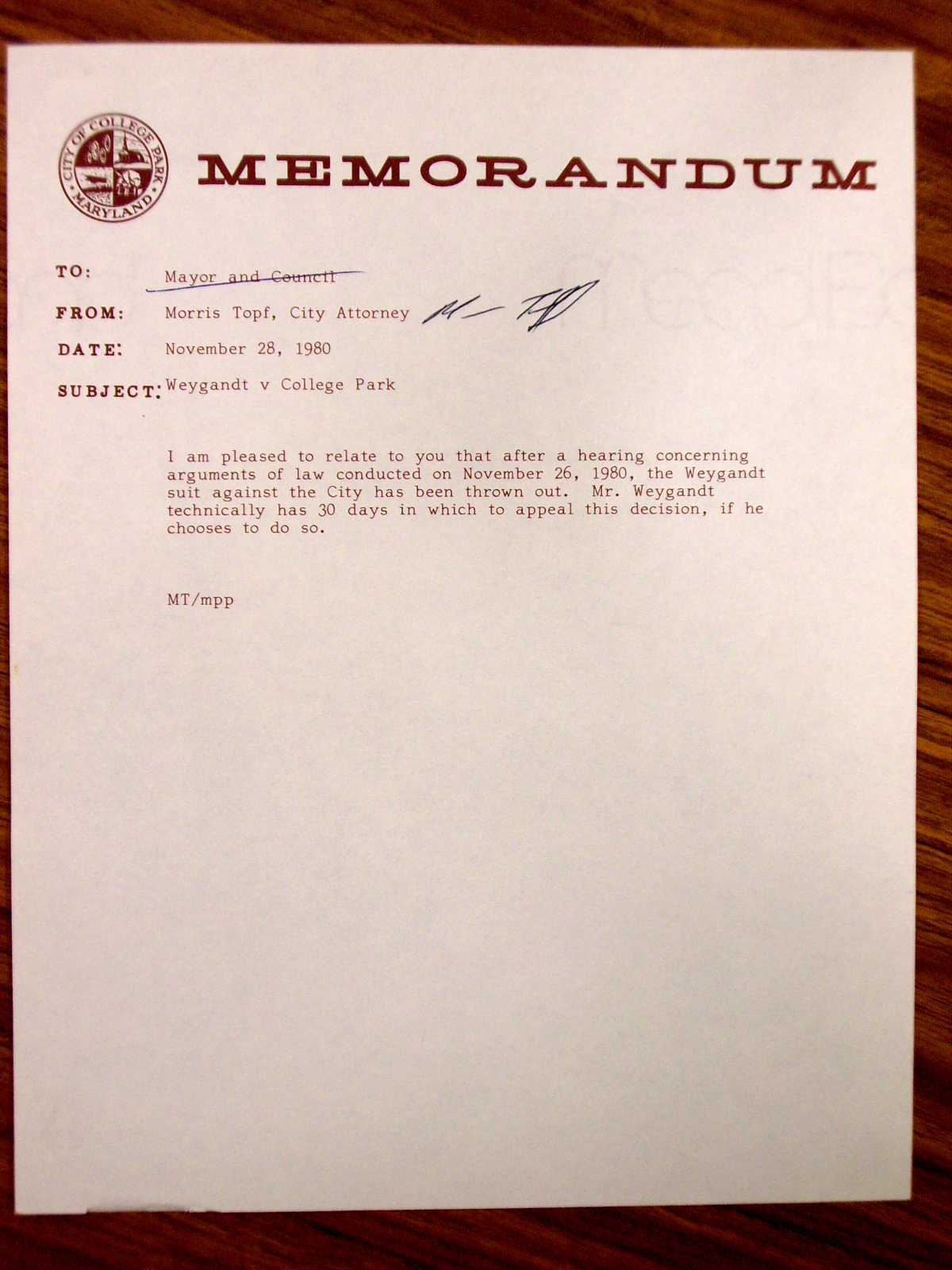
Memorandum from Morris Topf to Mayor and Council
Weygandt V College Park was thrown out 30 days to appeal

Weygandt V College Park was thrown out 30 days to appeal
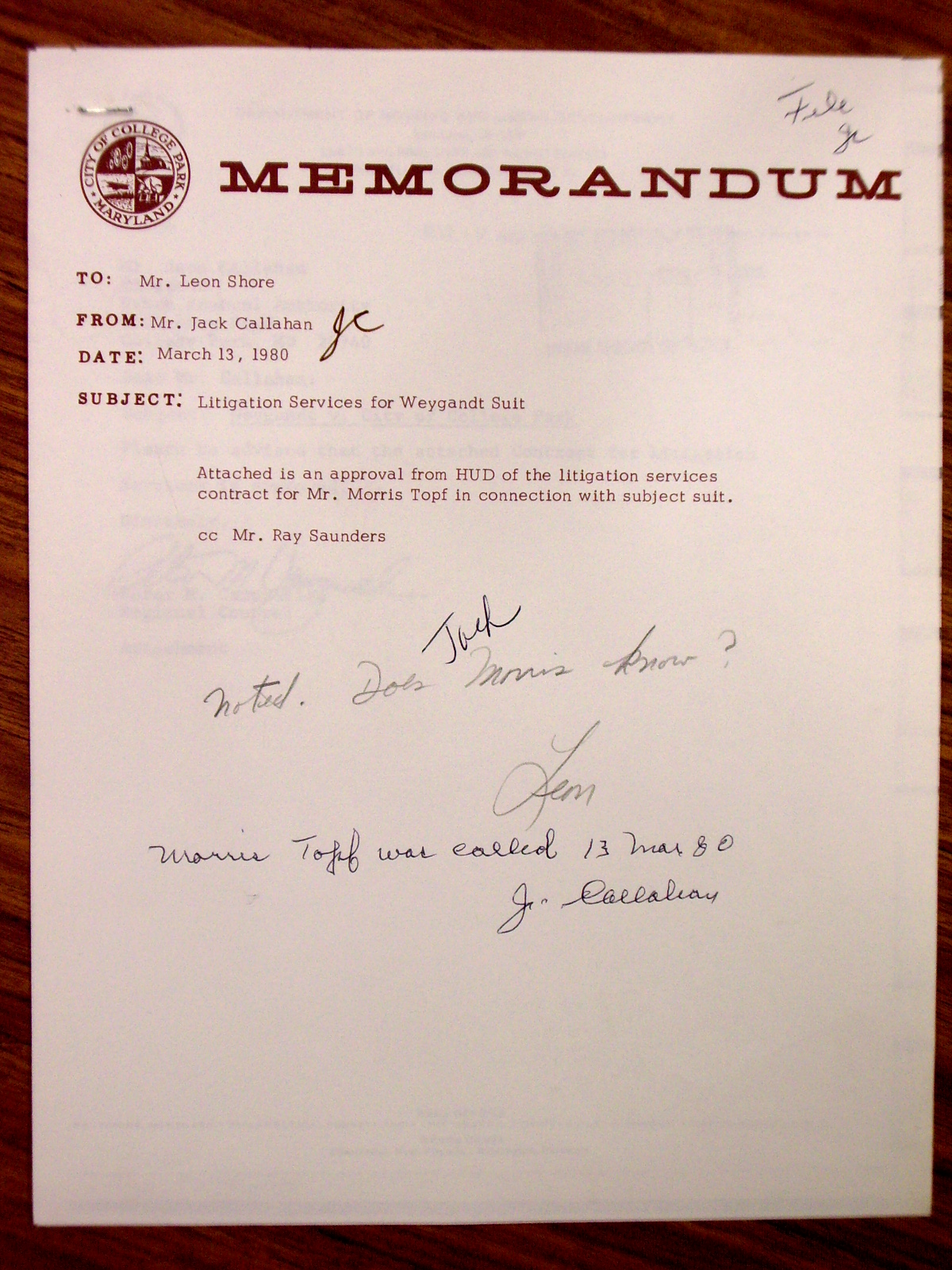
Subject: Weygandt v. City of College Park Contract for Litigation Approved. Approval from HUD attached . In hand writing "Jack Noted. Morris know"" Leon" "Morris Topf was called 13 Mar 80" "J. Callahan"
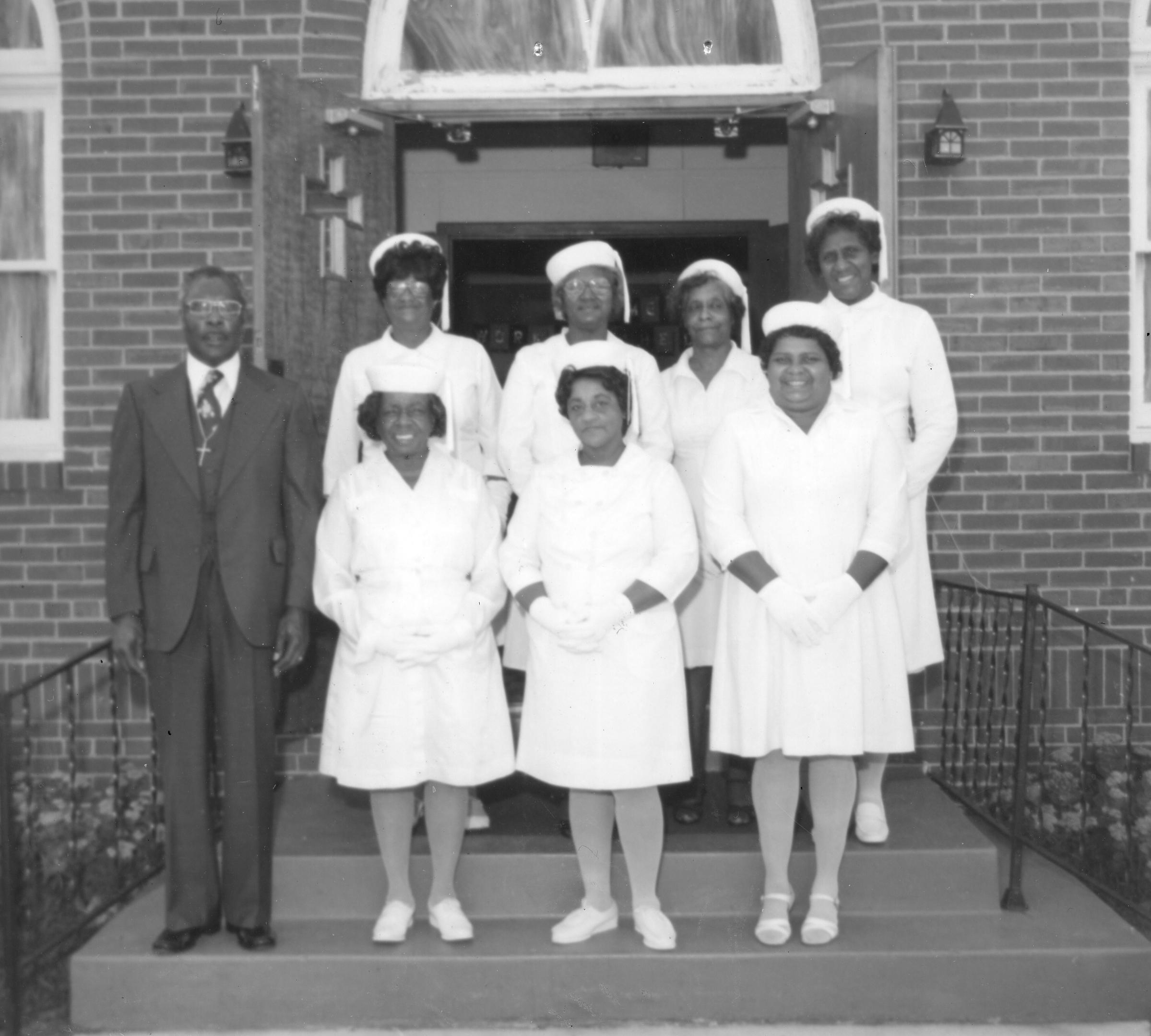
Communion Stewardess with pastor, Rev. Dessie Carter. The are front far left to right Dessie Carter, Julia Mack Carroll, unknown, Deloris Parker rear left to right are unknown, unknown, Christine Gray and Agnes Randall.
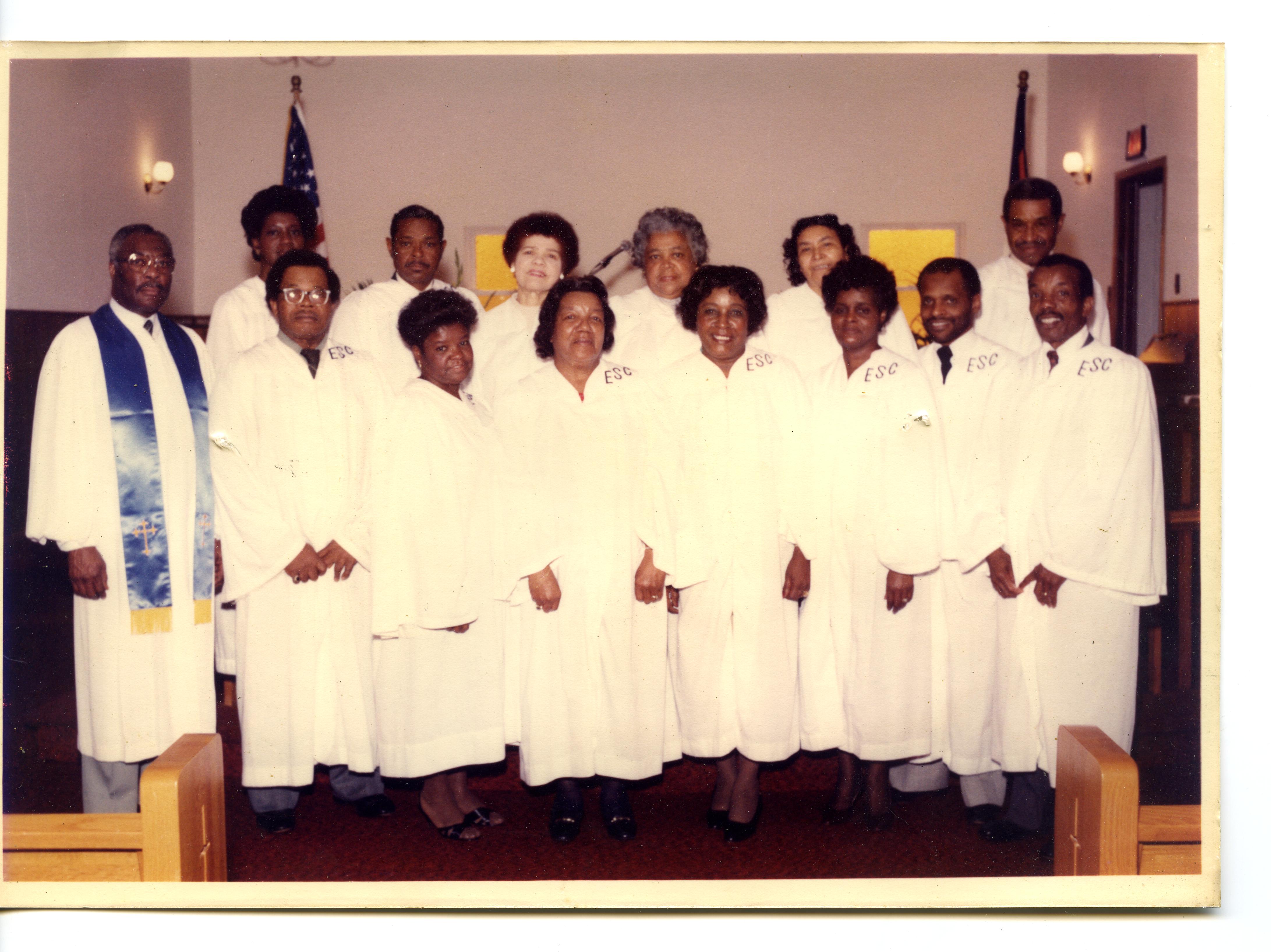
Rev. Dessie Carter, Spencer Briscoe, Betty Greene, Dessie Thomas, Shirley Anderson, jean Matthews, Lester Gray, Thomas Randall, Janet Gillians, Bubby Brown, Florence Lee, Vera Matthews, Fanny Douglas, James. Clemens

Home 8002 54th Ave
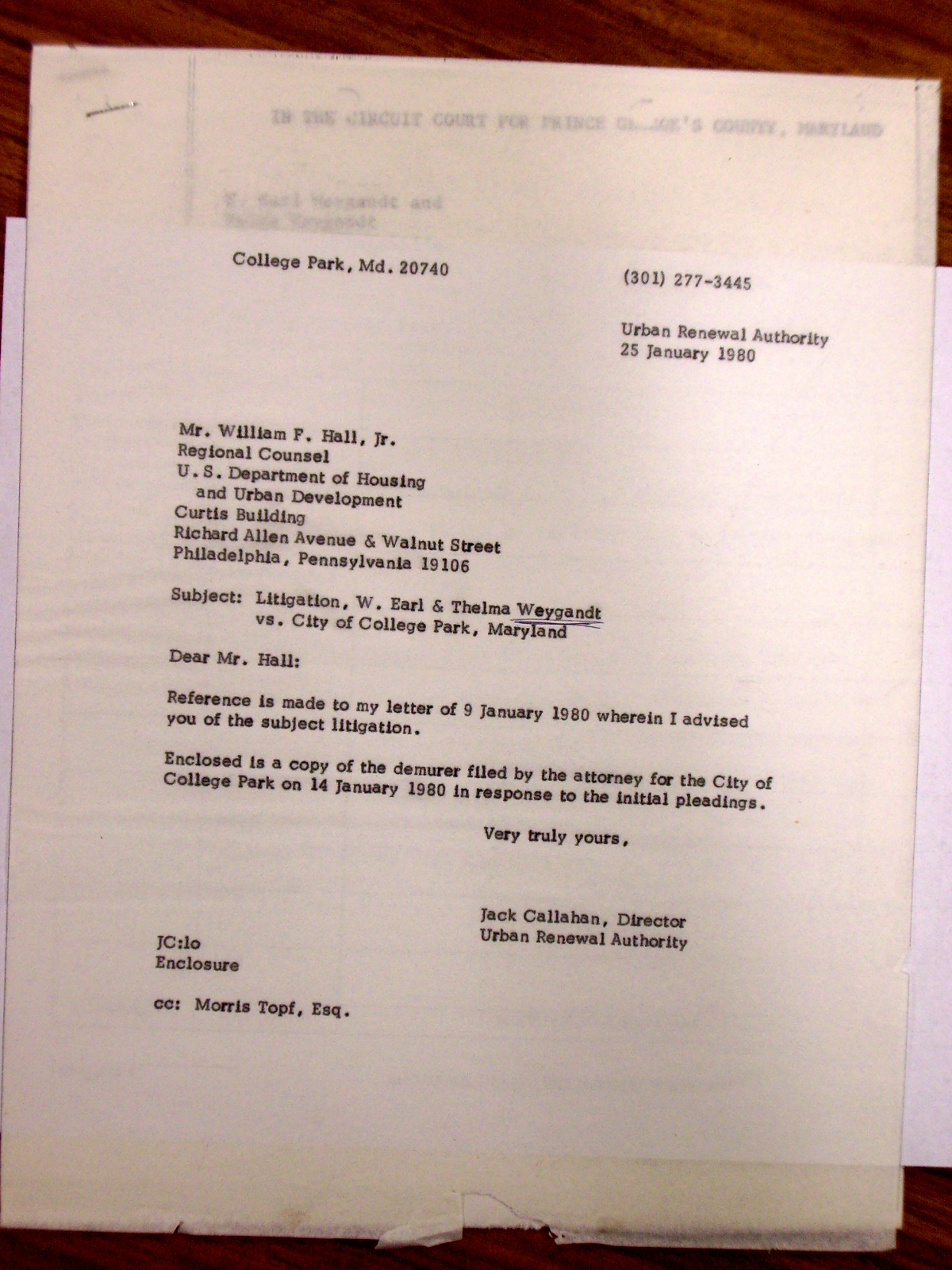
Litigation, W. Earl & Thelma Weygandt vs. City of College Park enclosed demurer filed
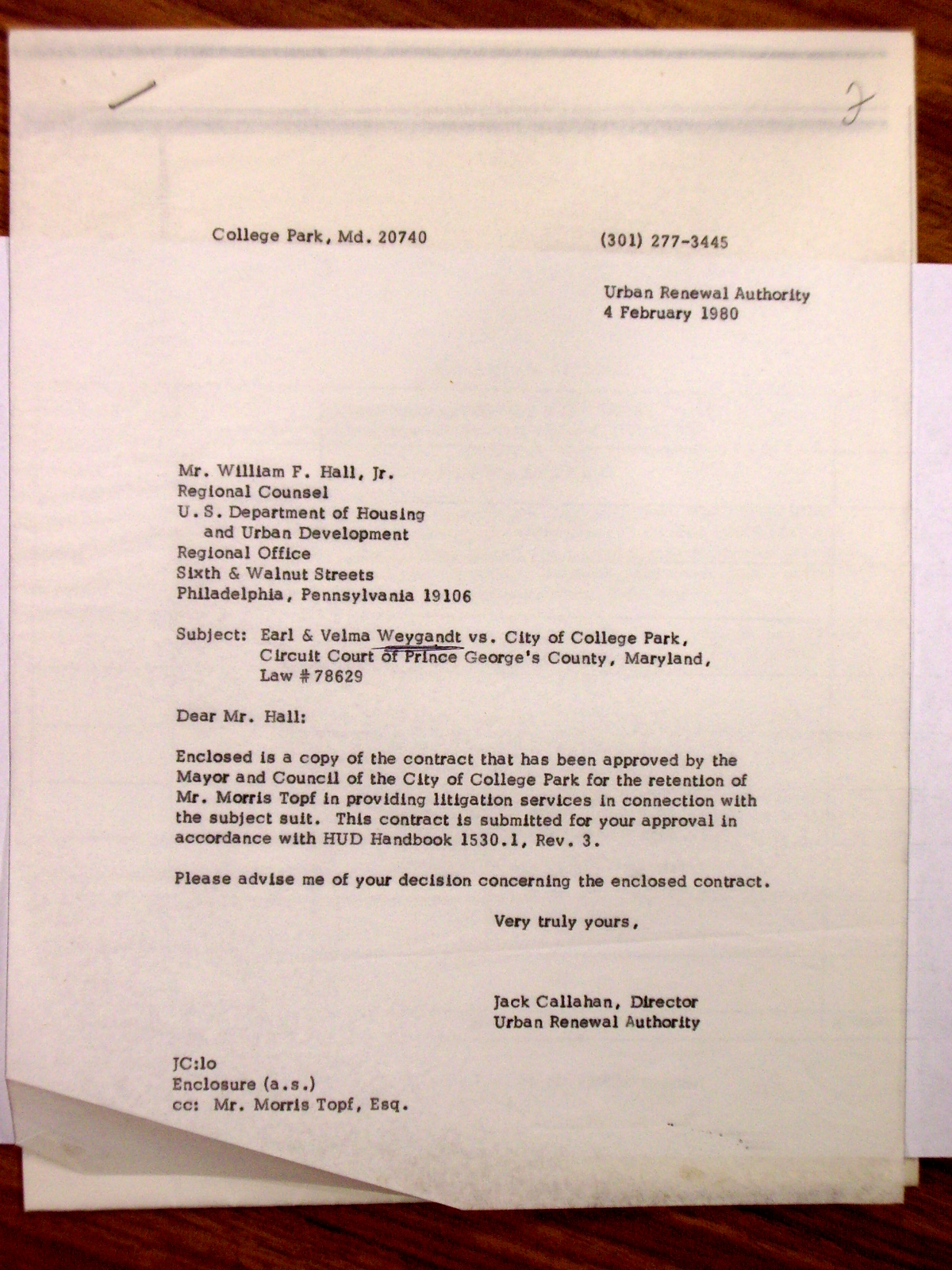
Cover memo from Jack Callahan to Regional Counsel HUD, Contract as attachment
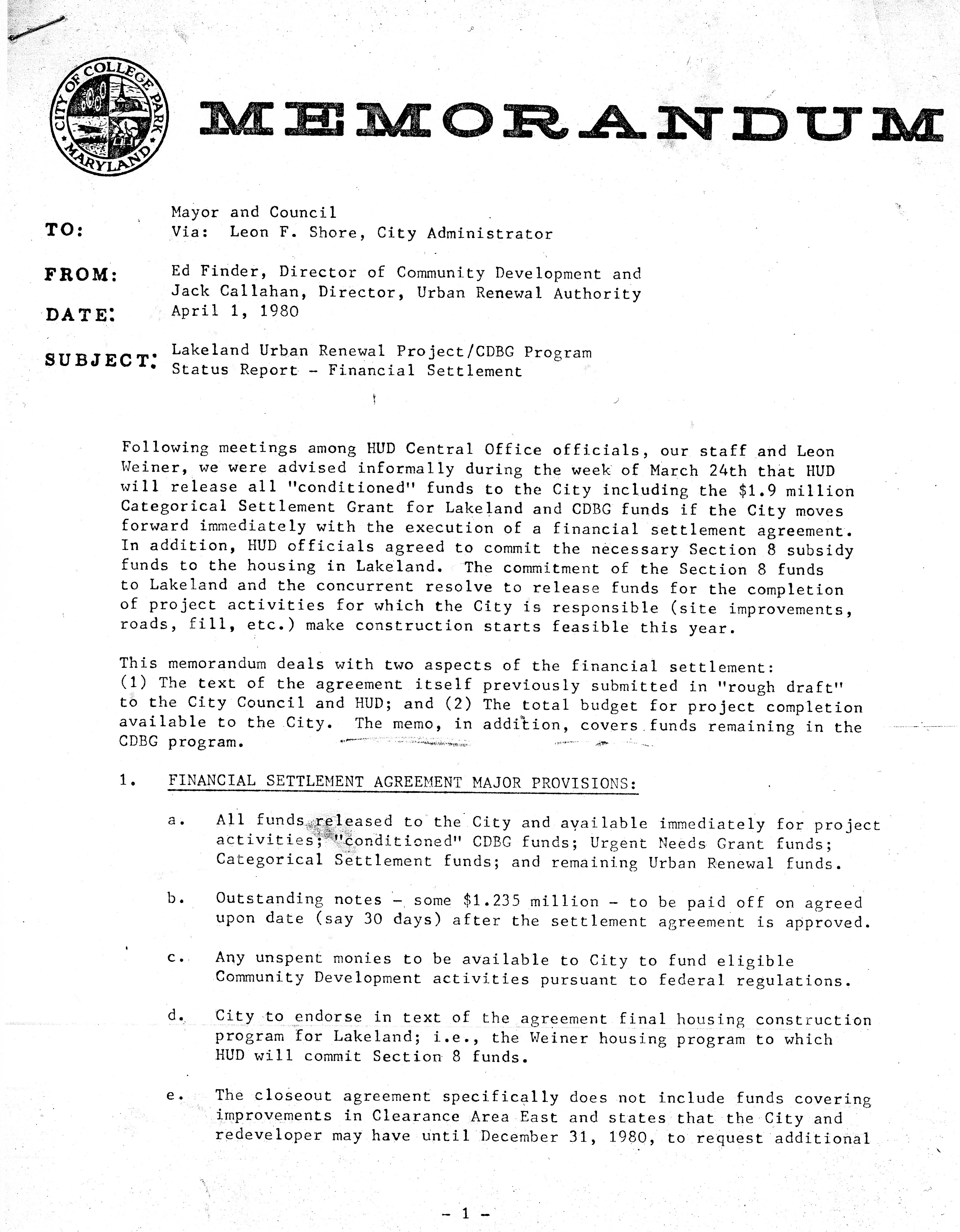
Urban Renewal
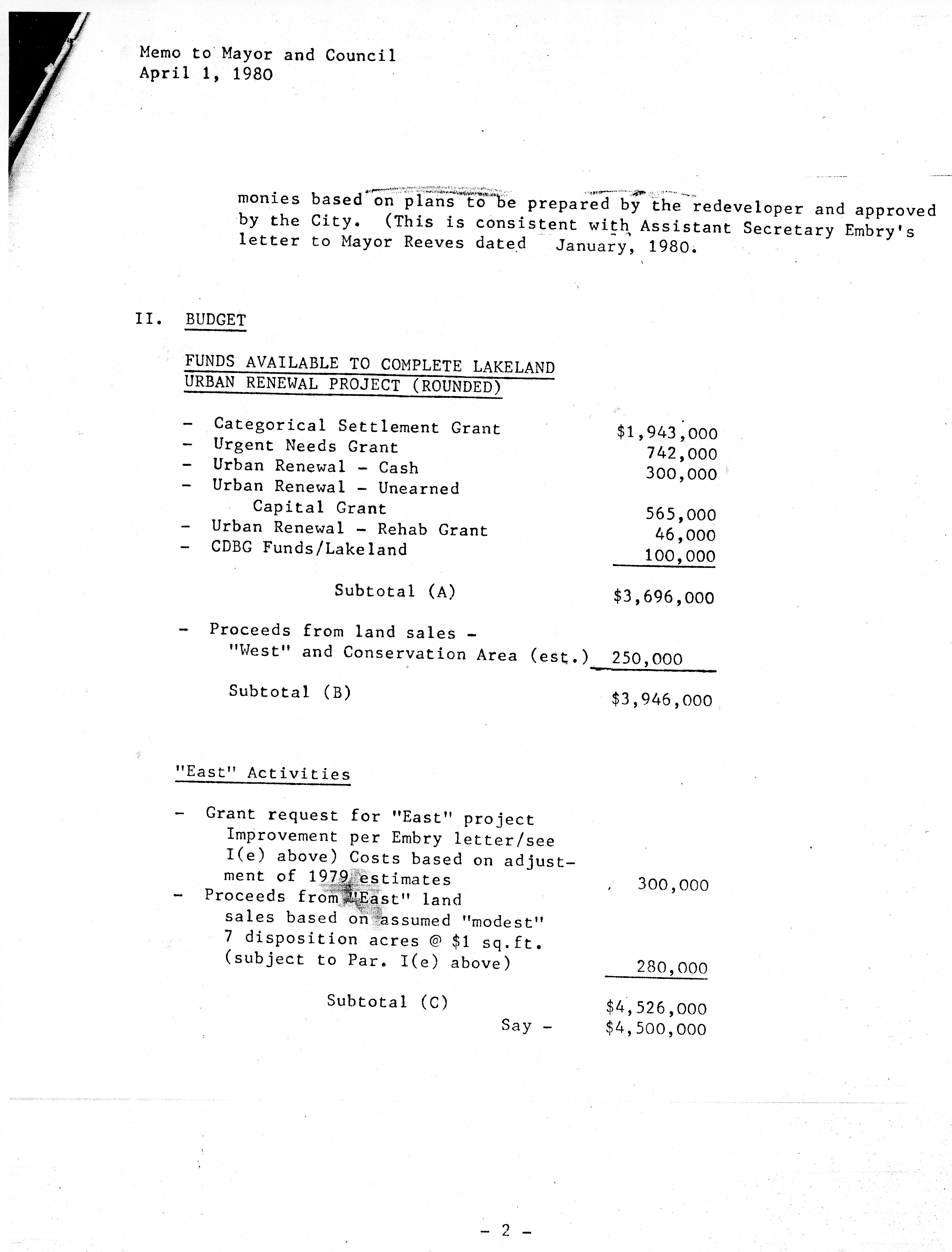
Dated September 9, 1979 advising developer decision to change locations of apartment buildings


Groundbreaking Spellman House

City of College Park Recognition with Mayor Alvin Kushner

Ground Breaking for Spellman House
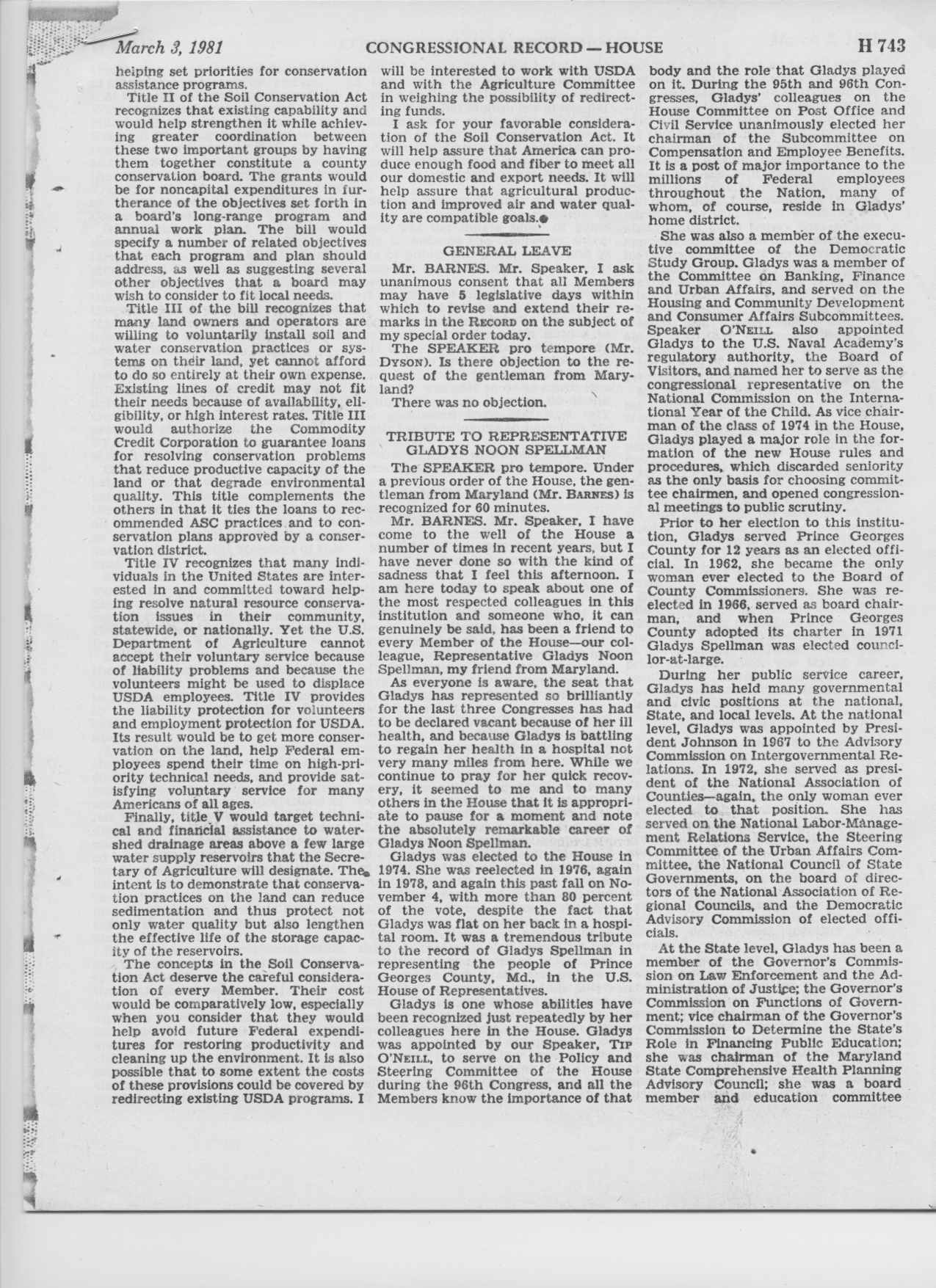
March 3, 1981 Tribute to Gladys Spellman

Mayor Reeves

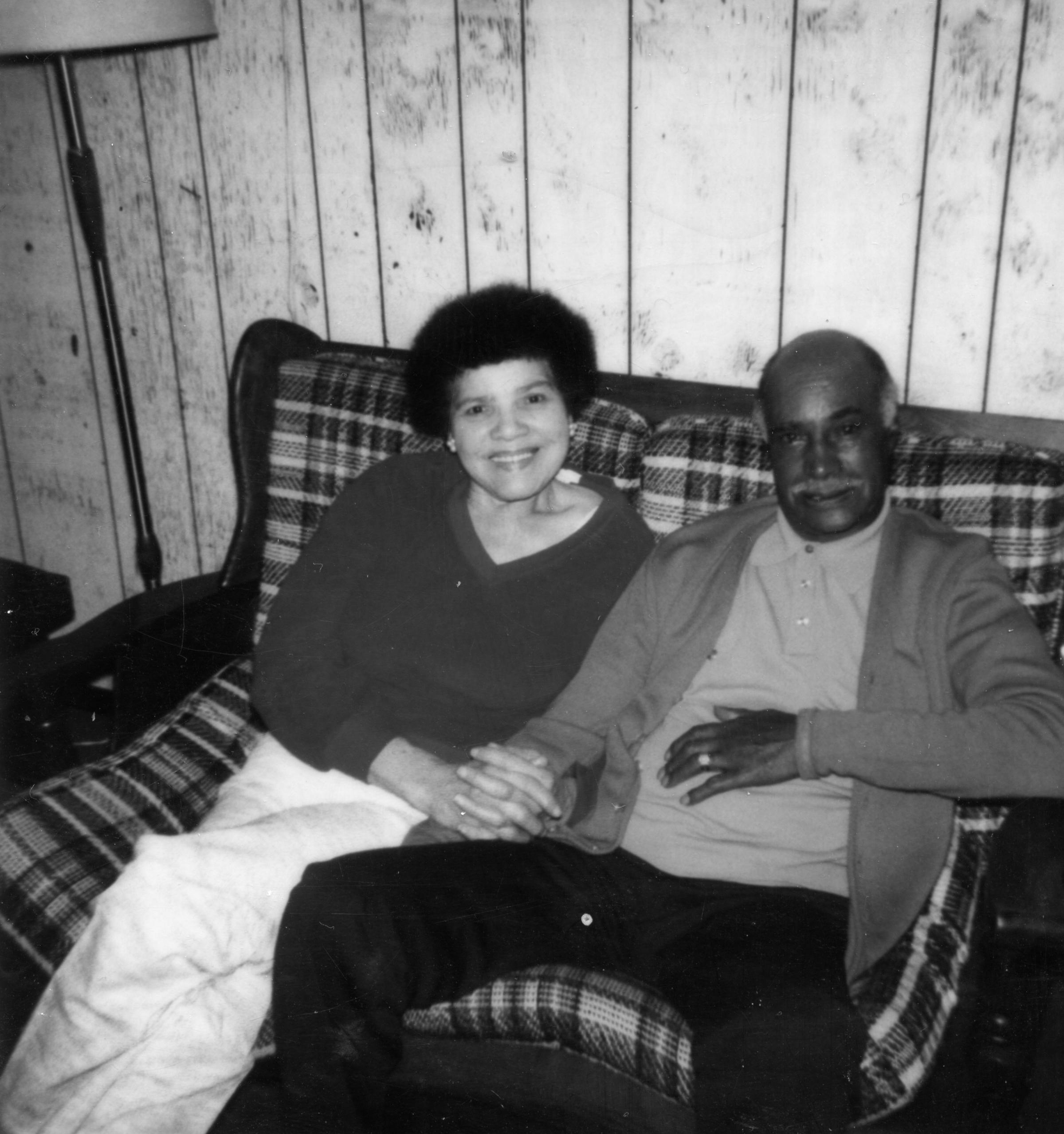
Thanksgiving
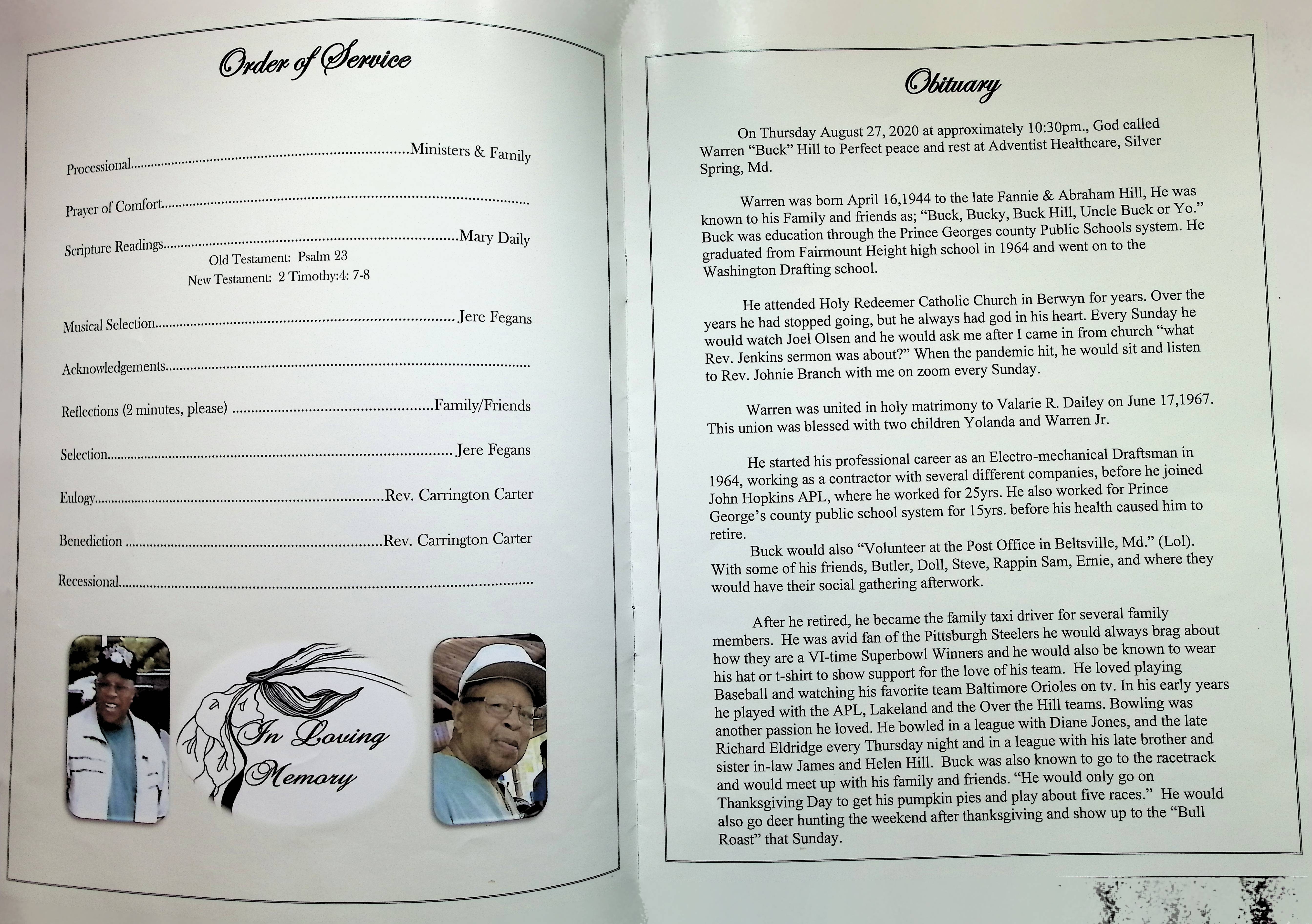
Groundbreaking for Spellman House apartments part of urban renewal redevelopment
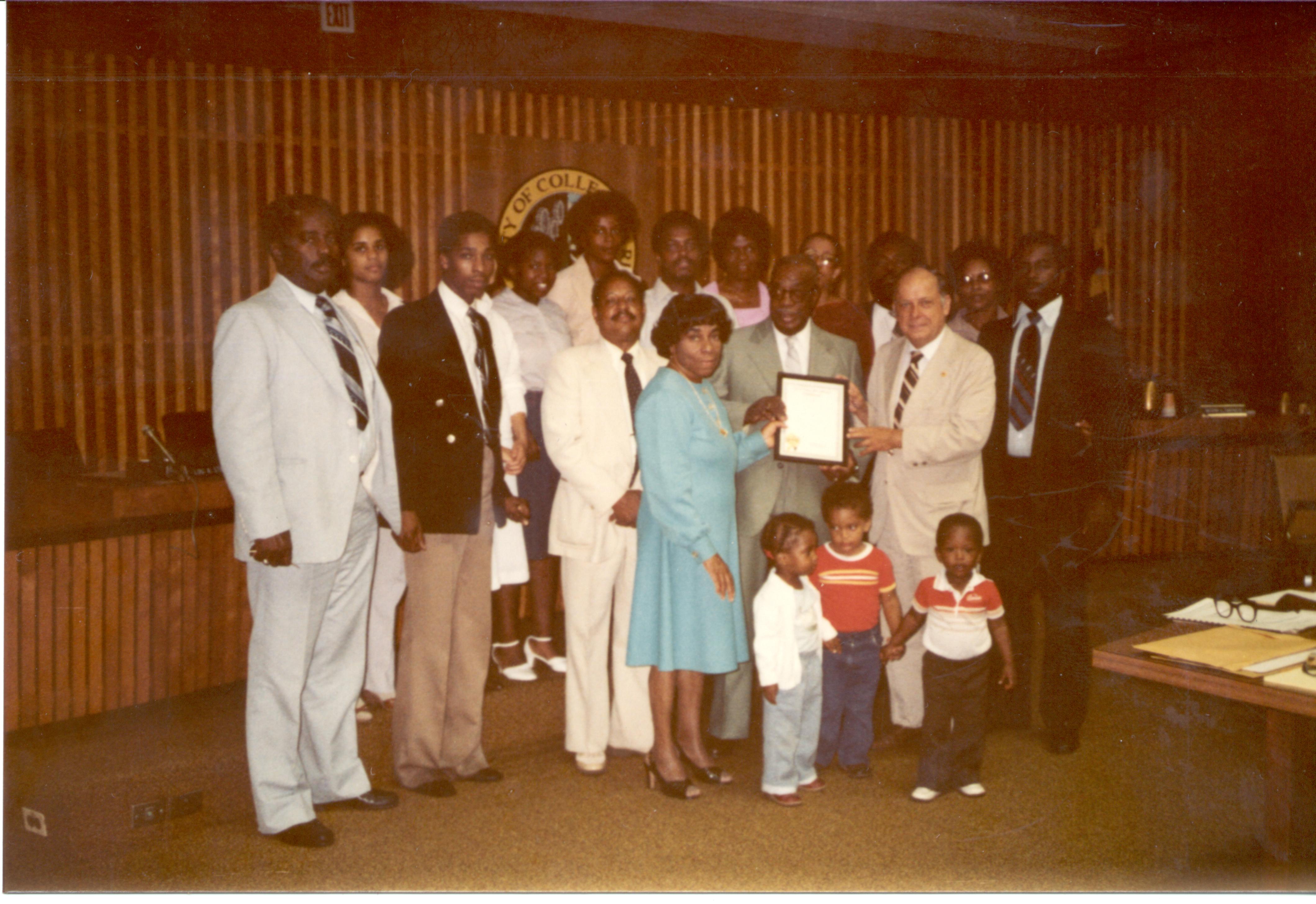
At City Hall, In honor of the Dory's 50th wedding anniversary
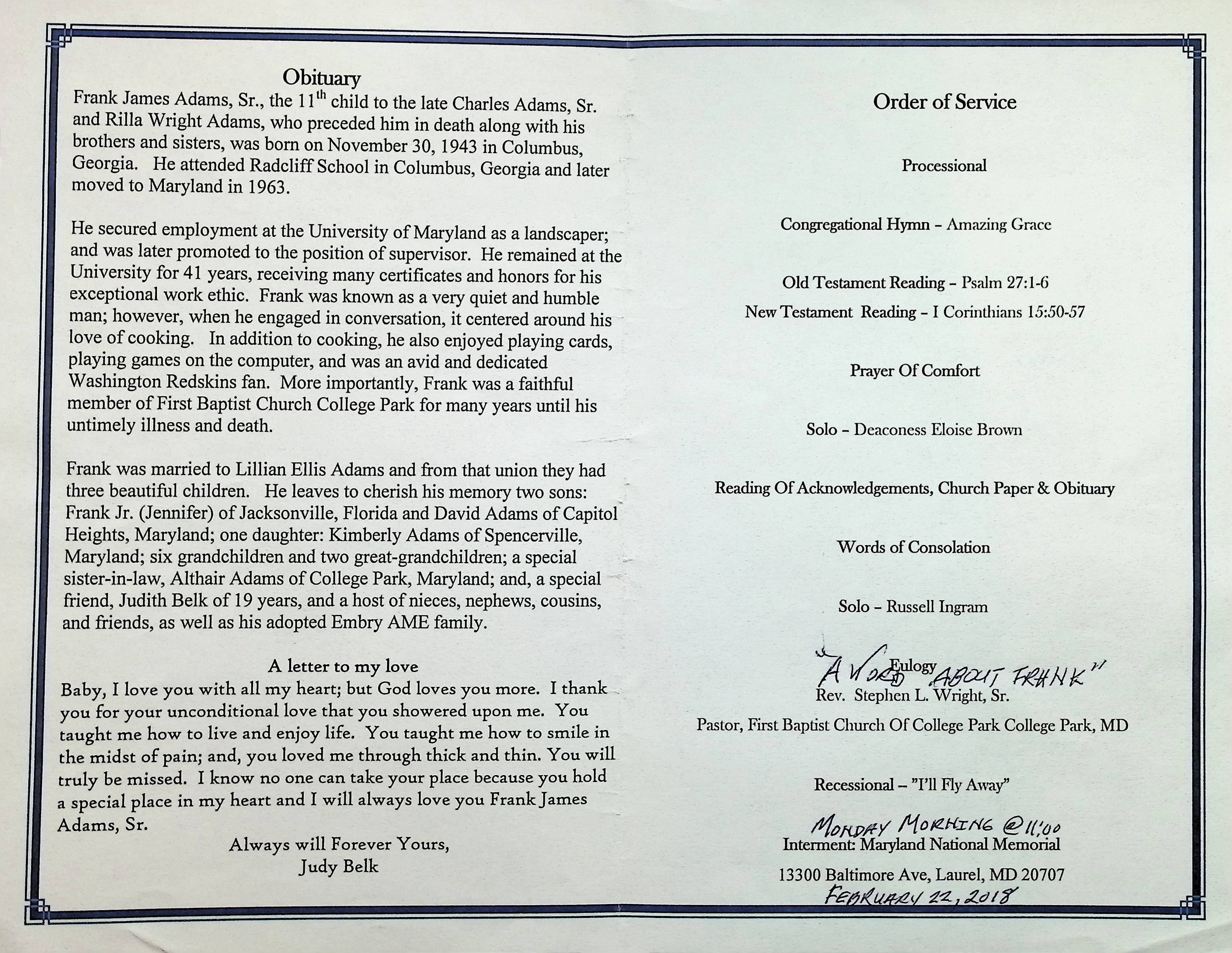
Stage with dignitaries
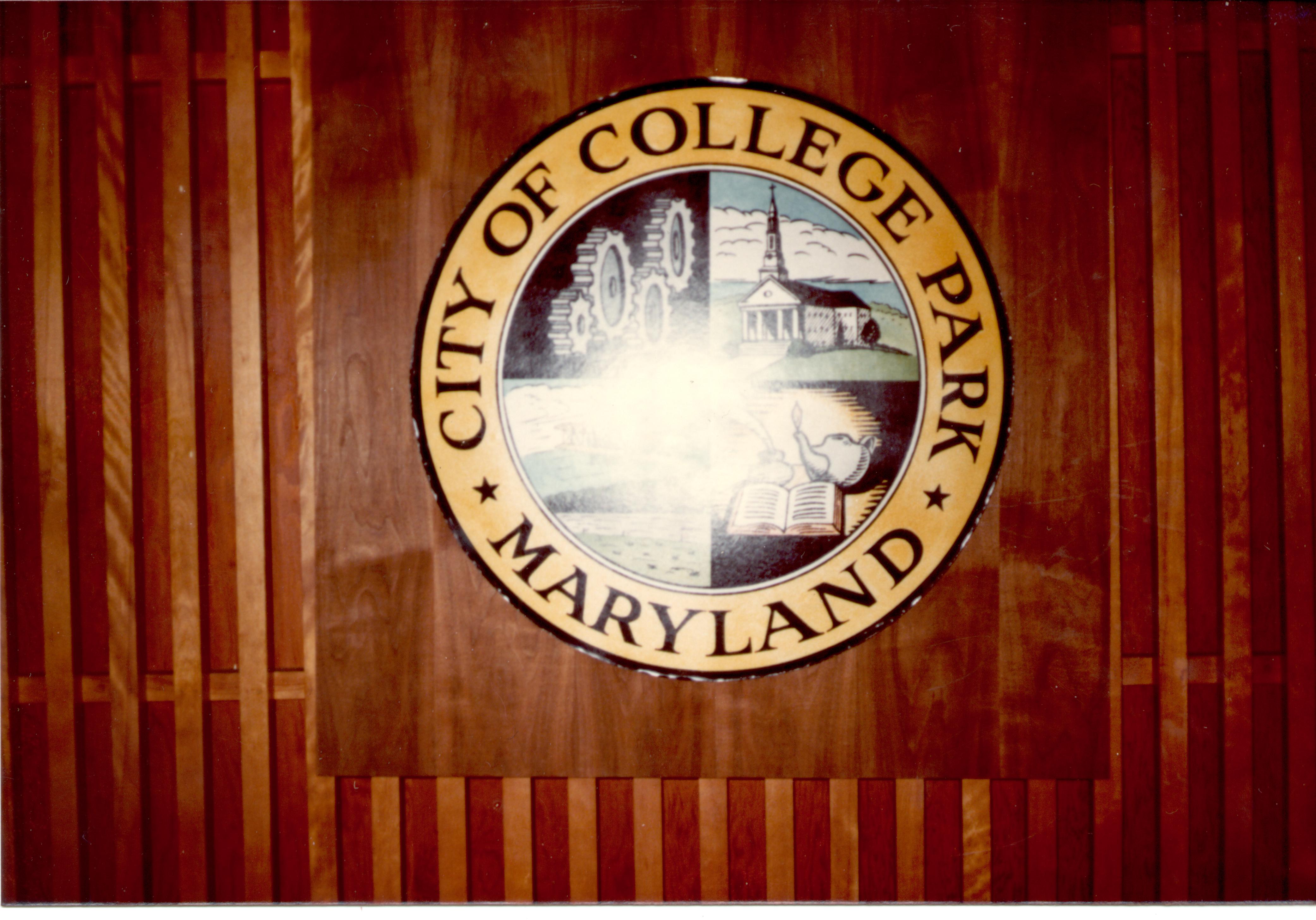
In City Council Chamber at Knox Road

Dignitaries at groundbreaking for Spellman House

Groundbreaking for Spellman House
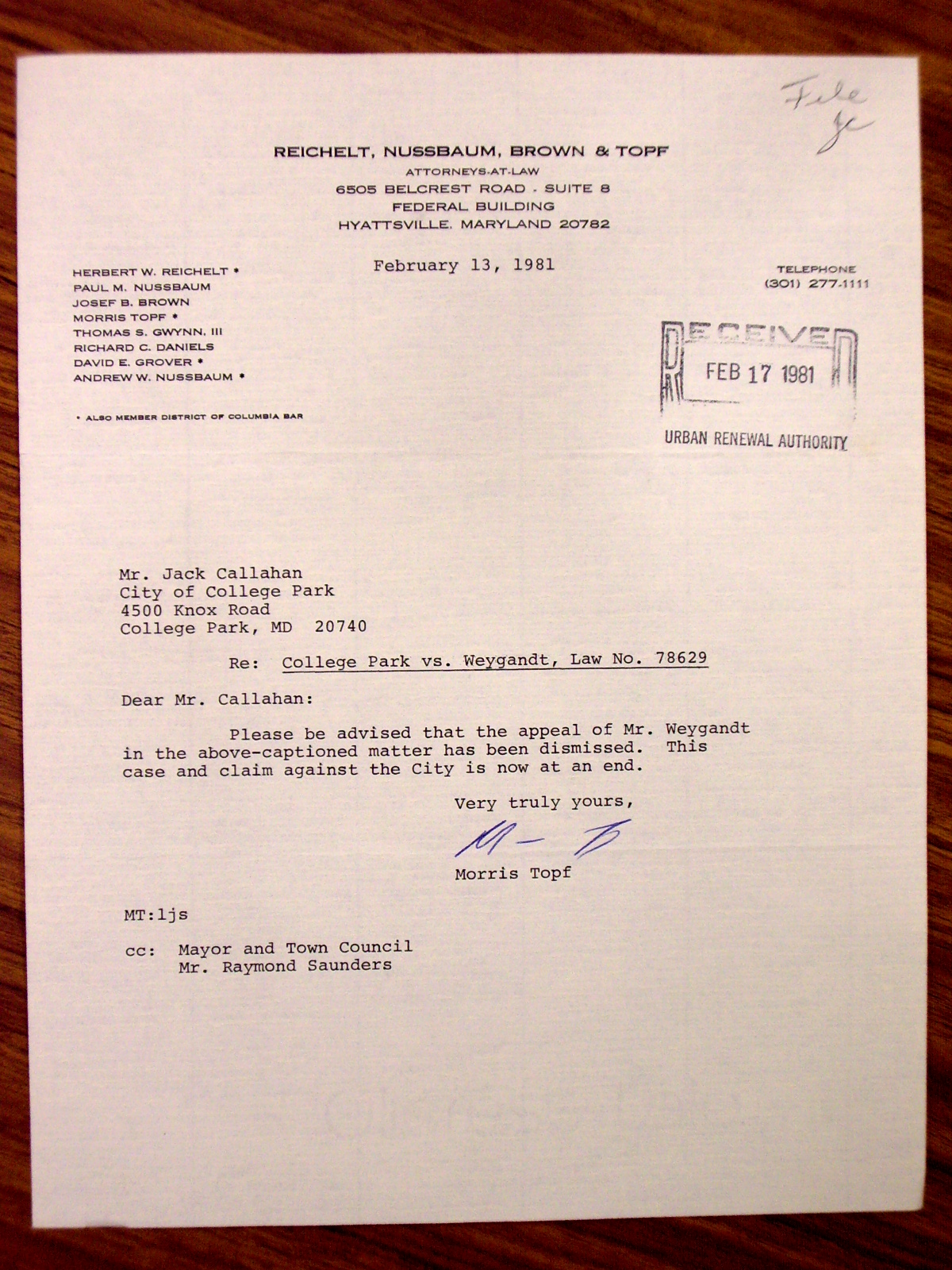
Re: College Park vs Weygandt, Law N. 78629 appeal has been dismissed
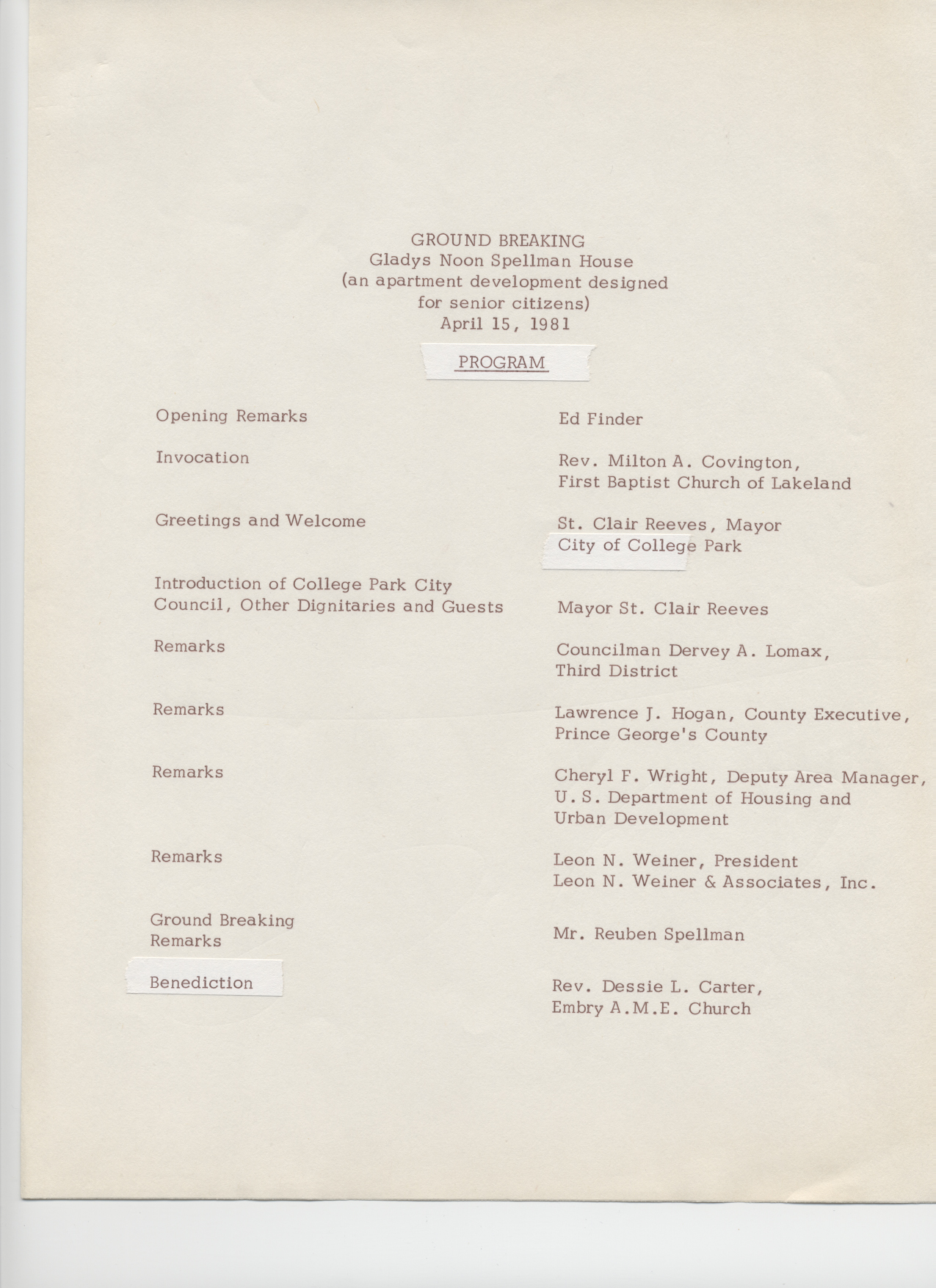
Ground Breaking for Spellman House Apartments erected as part of urban renewal project in Lakeland.

HUD financed apartment building erected as part of the urban renewal program in Lakeland. Accompanying document to Press Release on Spellman House, includes drawing/rendering.
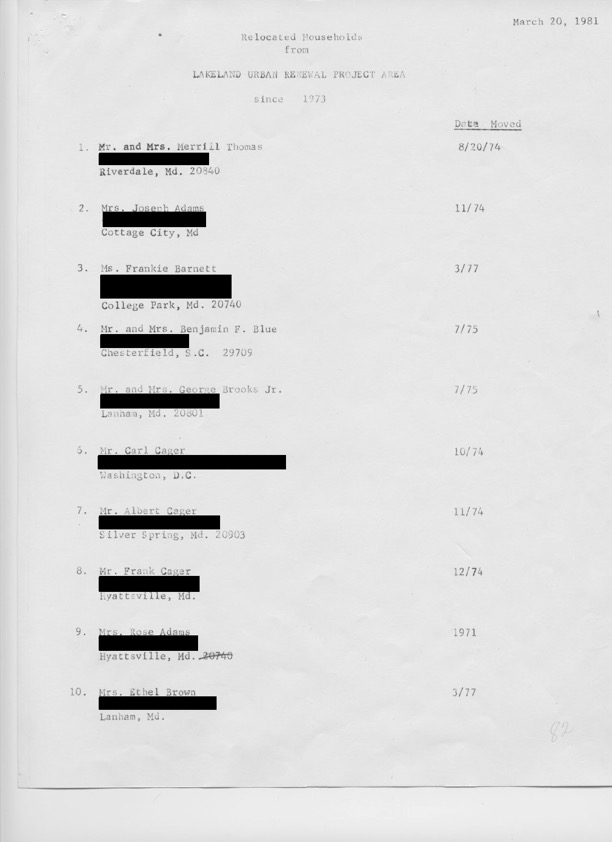
City of College Park - relocation list since 1973 dated 3/20/81
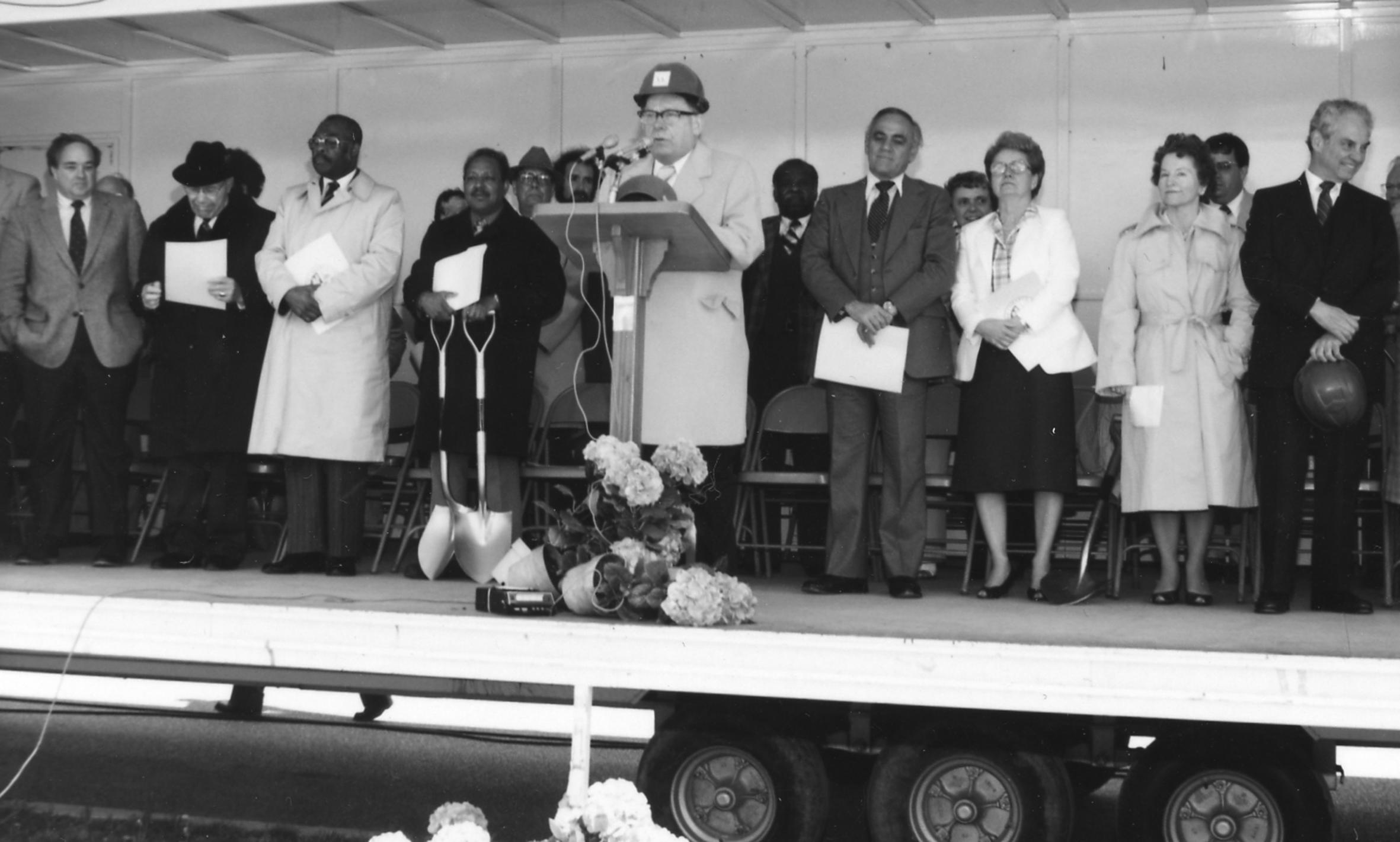
Dignitaries assembled for groundbreaking of Spellman House Apartments
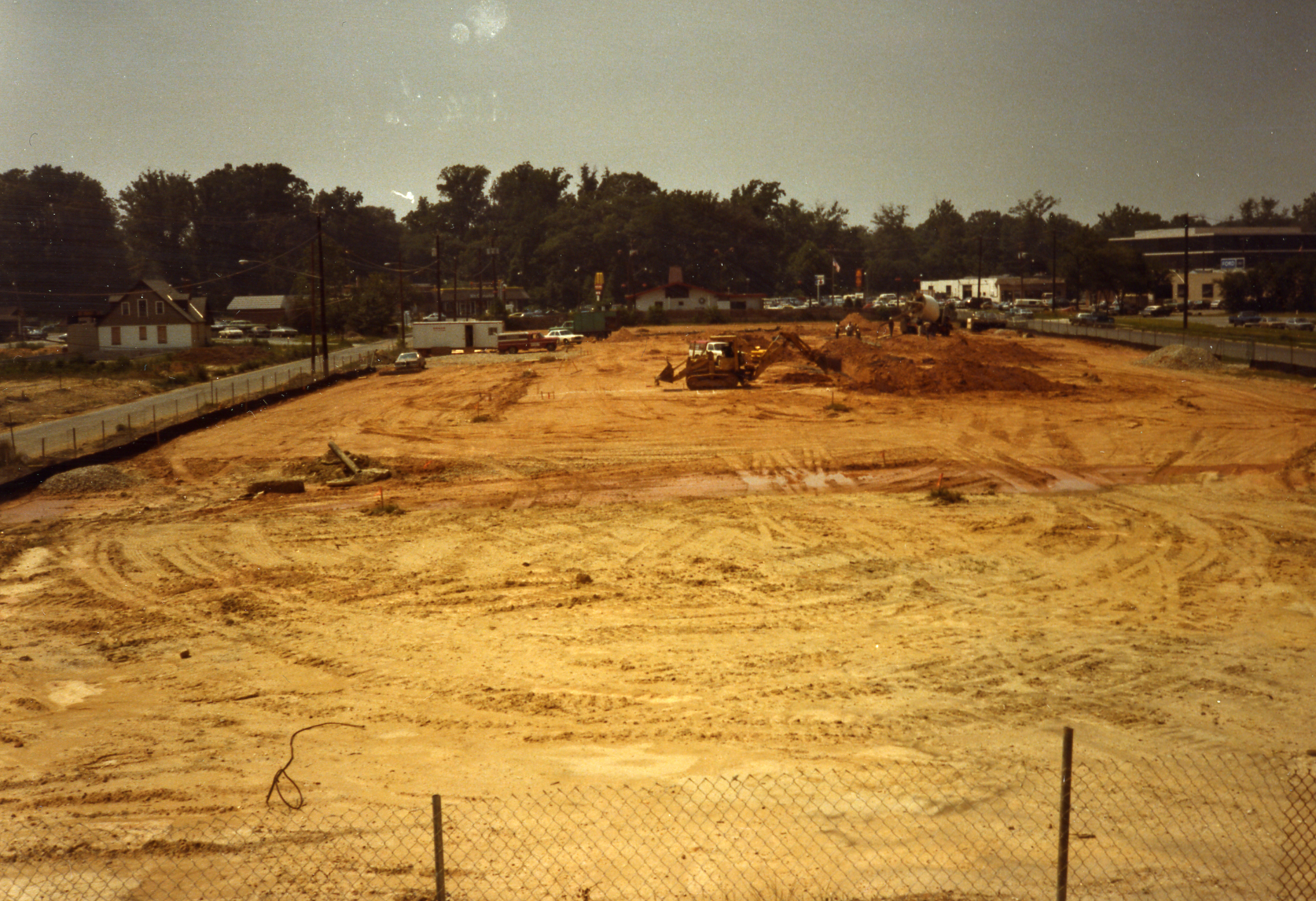
Expanse of Western Lakeland cleared for redevelopment
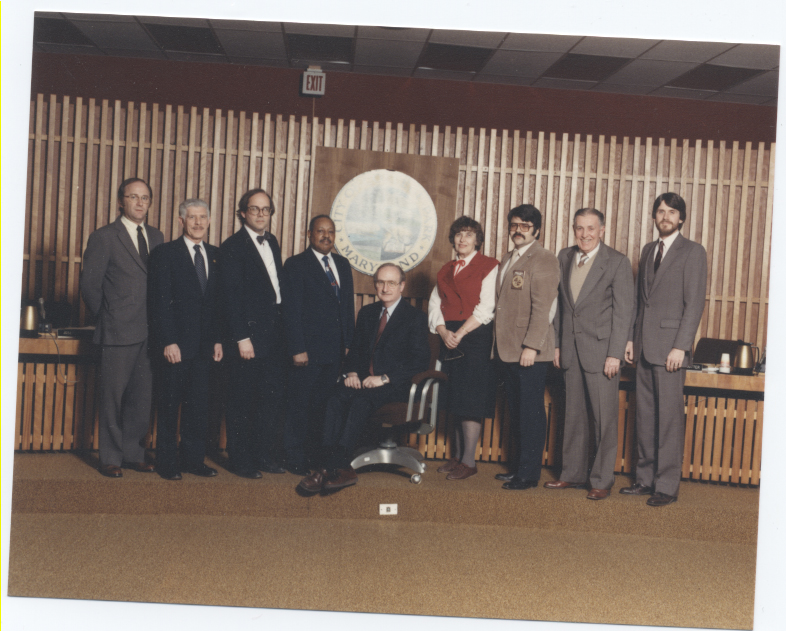
Dervey Lomax is 4th from left
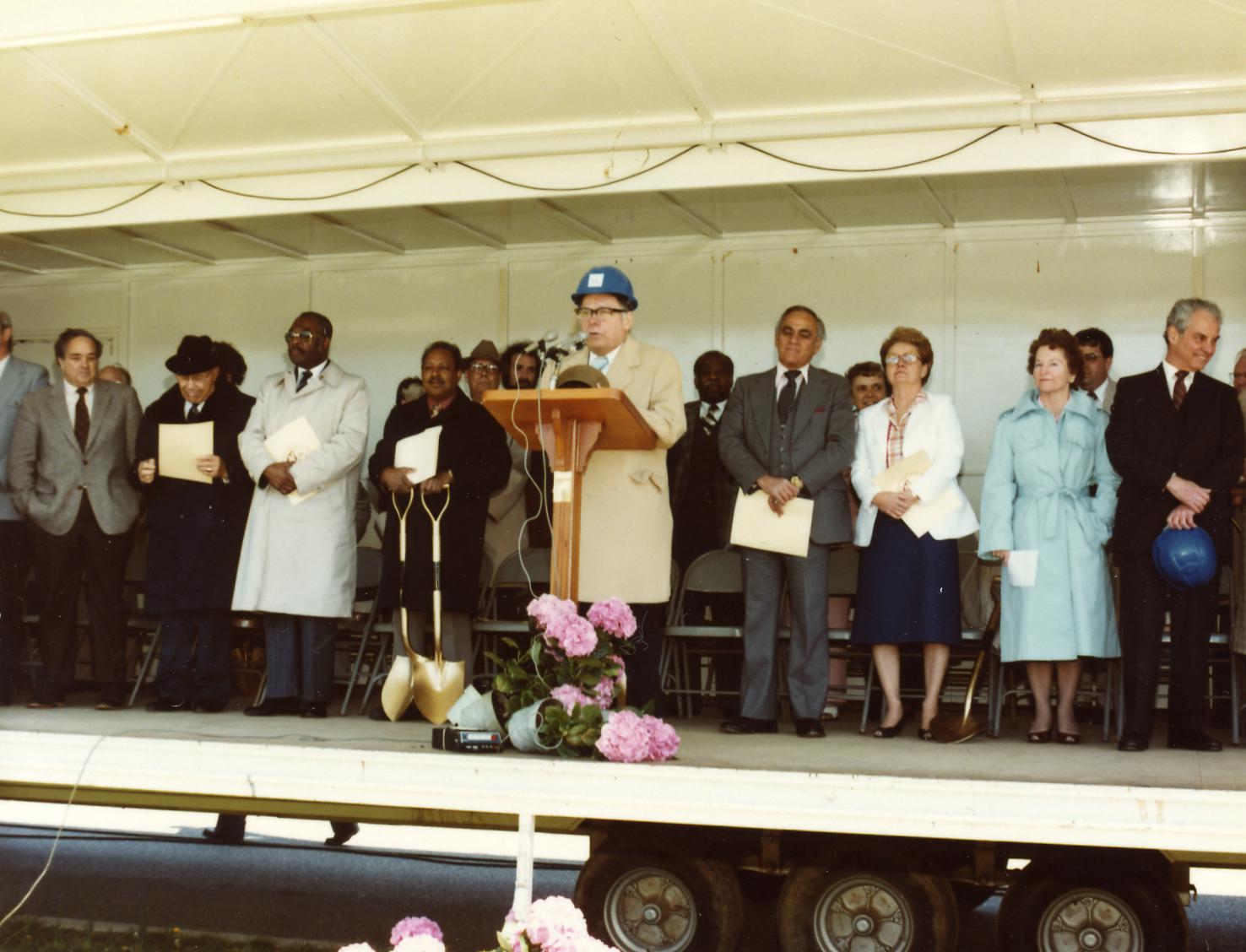
Dignitaries at groundbreaking for Spellman House Apartments, first redevelopment project of urban renewal

By 1981, the rebuilding of Lakeland was at last underway. A process that was expected to take a few years was plagued by bureaucratic problems and policy changes. In fact, rebuilding took decades. Single-family homes were ultimately replaced with high-rise apartment buildings and townhomes. The lake in the eastern section was enlarged, and that area became Lake Artemesia Park. Only a few single-family homes were built. (Courtesy of the City of College Park, Maryland.)
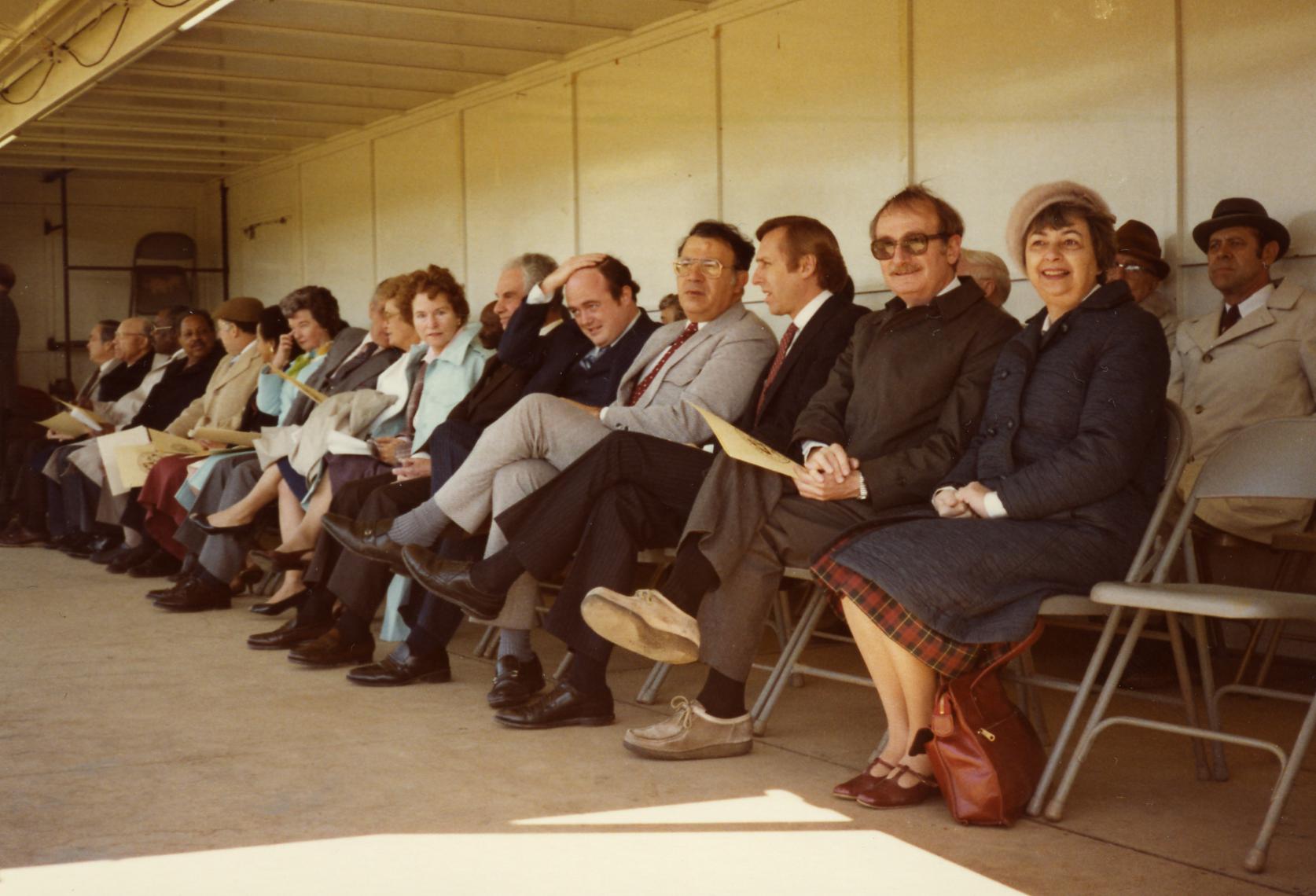
Dignitaries at groundbreaking event for Spellman House Apartments the first redevelopment project for urban renewal in Lakeland
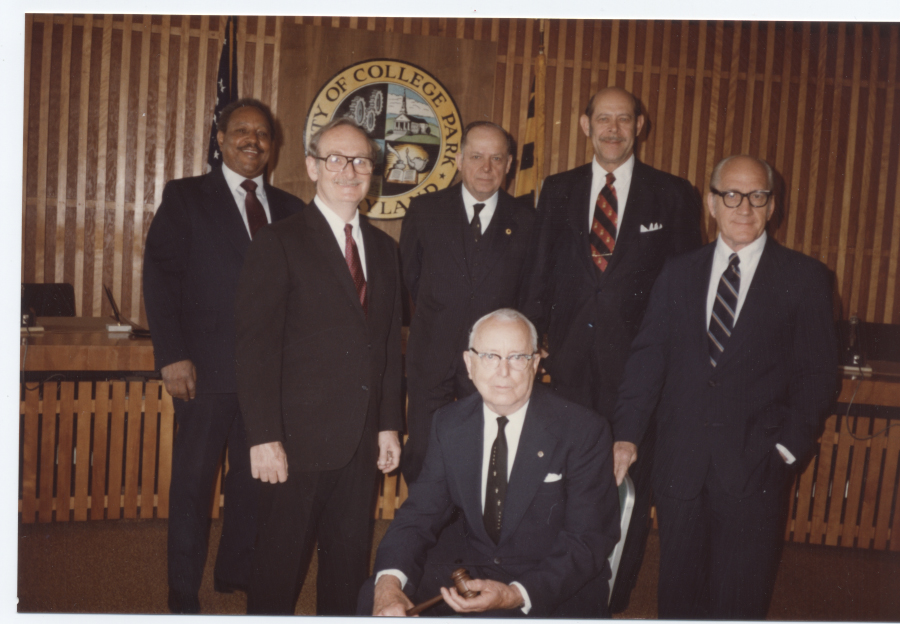
All mayors of City of College Park, MD at the time of this image. Dervey Lomax far left next to him is Alvin Kushner
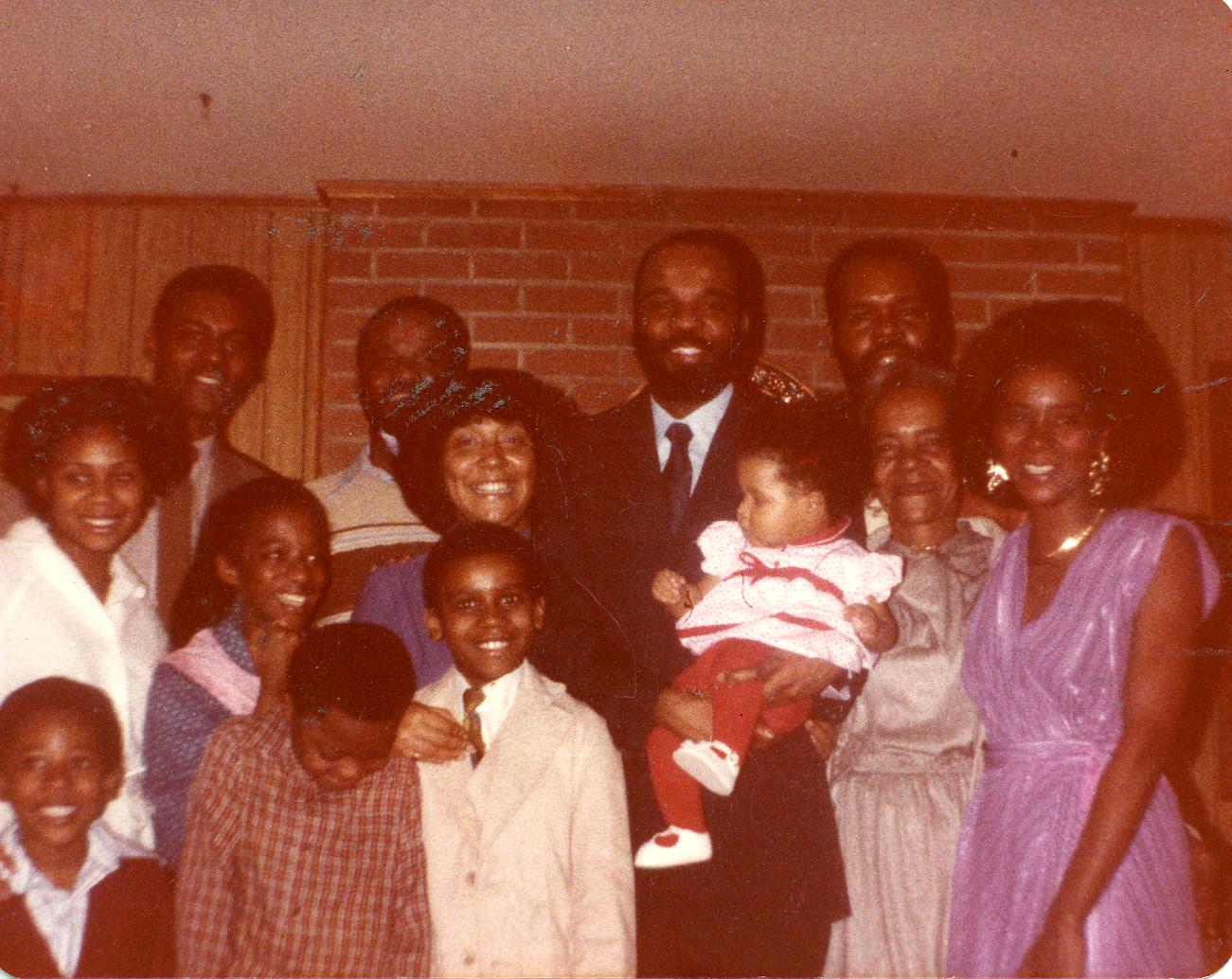
At May's wedding
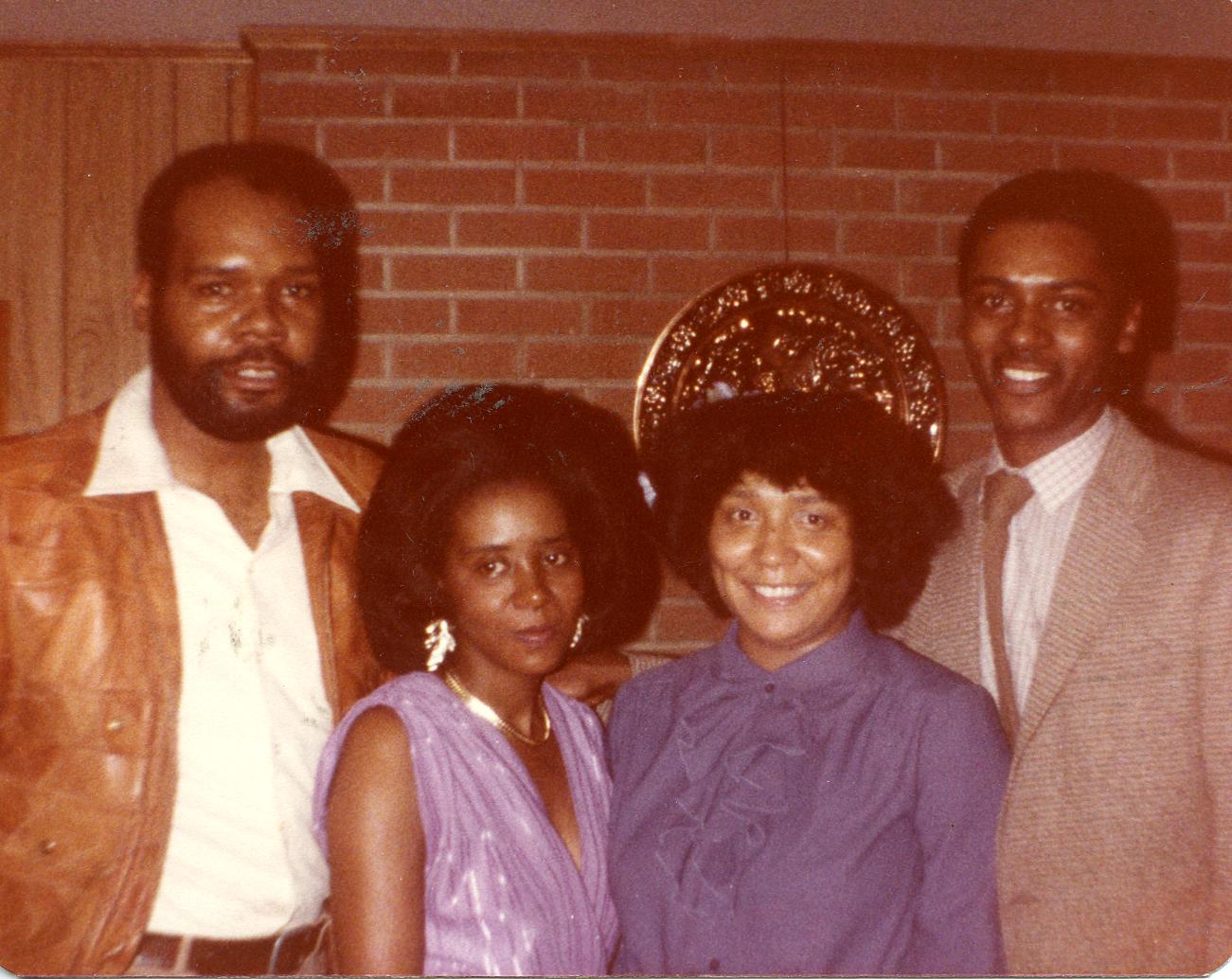
At May's wedding

First Gray Family Reunion
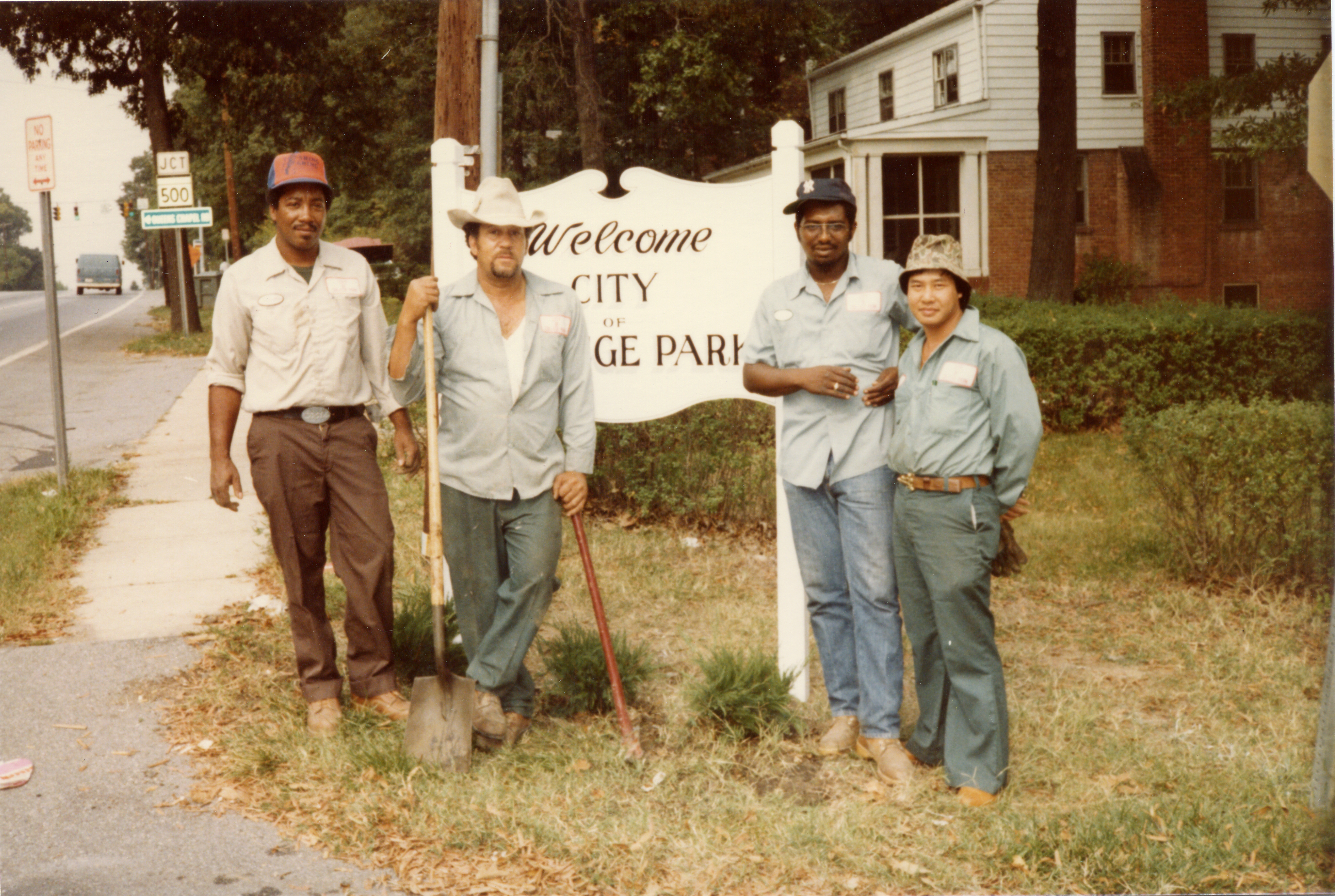
At College Park boundary sign
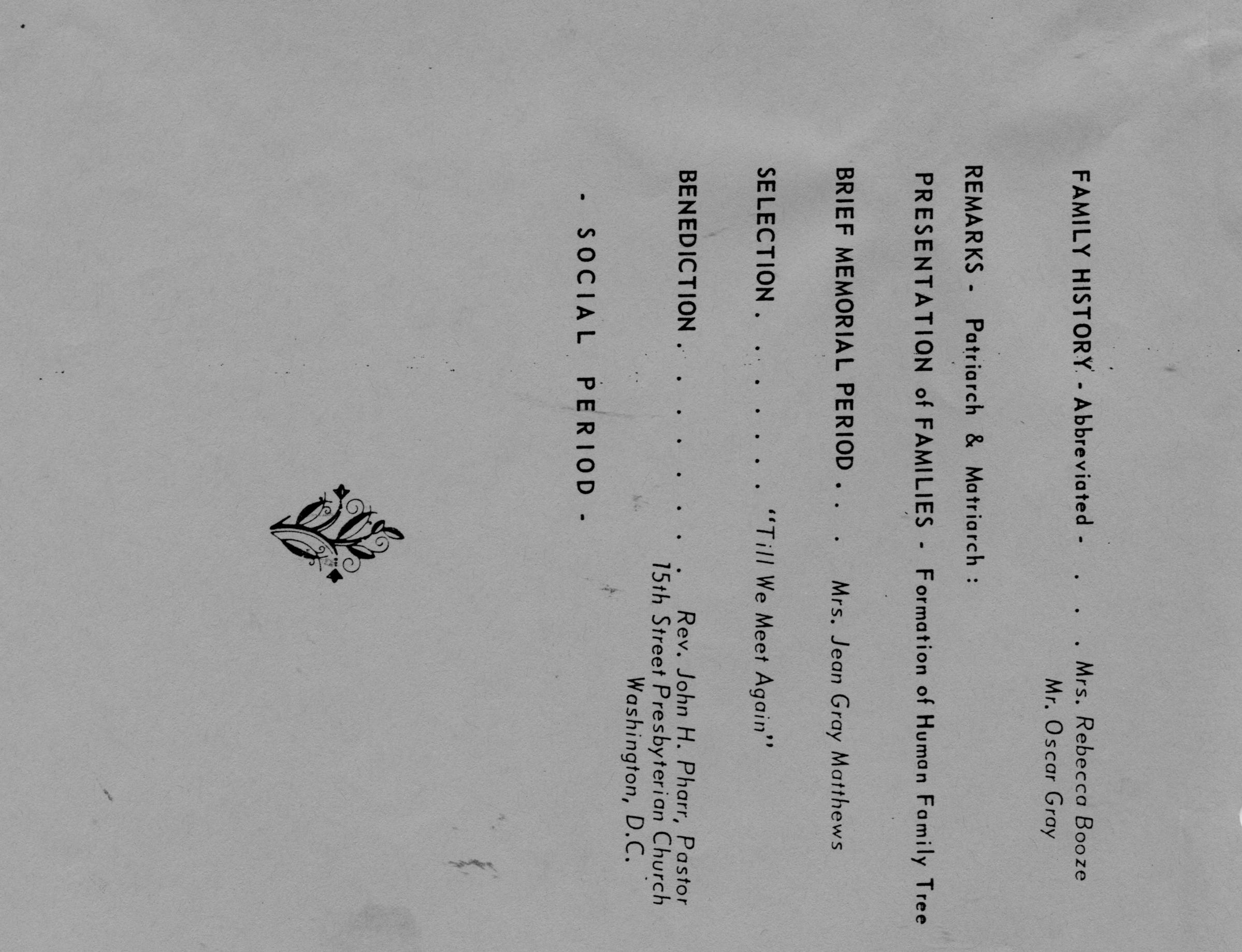
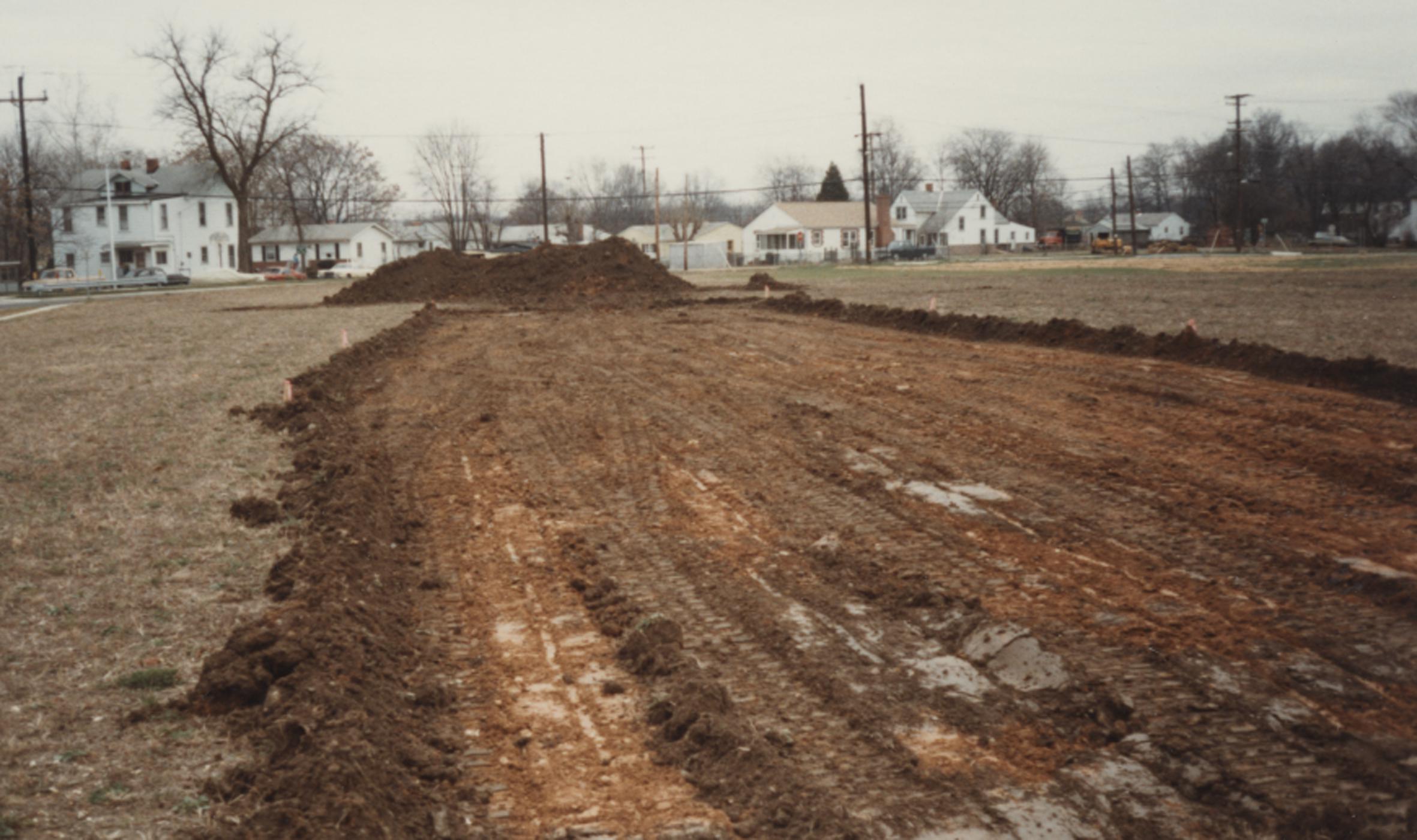
Site once held community homes and business. After demolition the land sat bare for many years. This image shows action as building was to begin along Berwyn House Road
Interview transcript Delphine Gross with her grandmother, Agnes Gross for a class in the 1980s Agnes Gross' house was on the land of the College Park Community Center, but was taken bc of eminent domain. They then relocated to a property in on 54th Ave. Agnes Gross is the youngest of 14 siblings. The interview is marked up with notes from the teacher. The first page is the interviewer asking Mrs. Gross about her family, her hometown, and when she was born, more about her background in Murkirk - her schooling, the church she attended, etc. Asking about a nearby school, Mrs. Gross's father's land, and Mrs. Gross's work history. Going into detail about Mrs. Gross's family, what she stored during WWII, and her siblings., More about Mrs. Gross's siblings - then more of her work history. When doing domestic work, she was paid as little as a quarter an hour. Mrs. Gross raised her baby-sitting rate to a flat five dollars, which was somewhat expensive at the time. For context, she also says that you could get the best pork chops for fifty cents. She also speaks on how some things, mainly convenience, are better now than they were when she was younger, and how some things are worse (such as crime). Speaking of how times have changed, such as the segregation in public spaces she faced when she was younger. Also speaking about life during the Depression - you would help anybody who came to your door., Working conditions - people, especially black people, were paid very low wages. Often they'd work until they physically couldn't anymore - she speaks of old women who would "pull themselves up on the streetcar" because they needed the money from working.
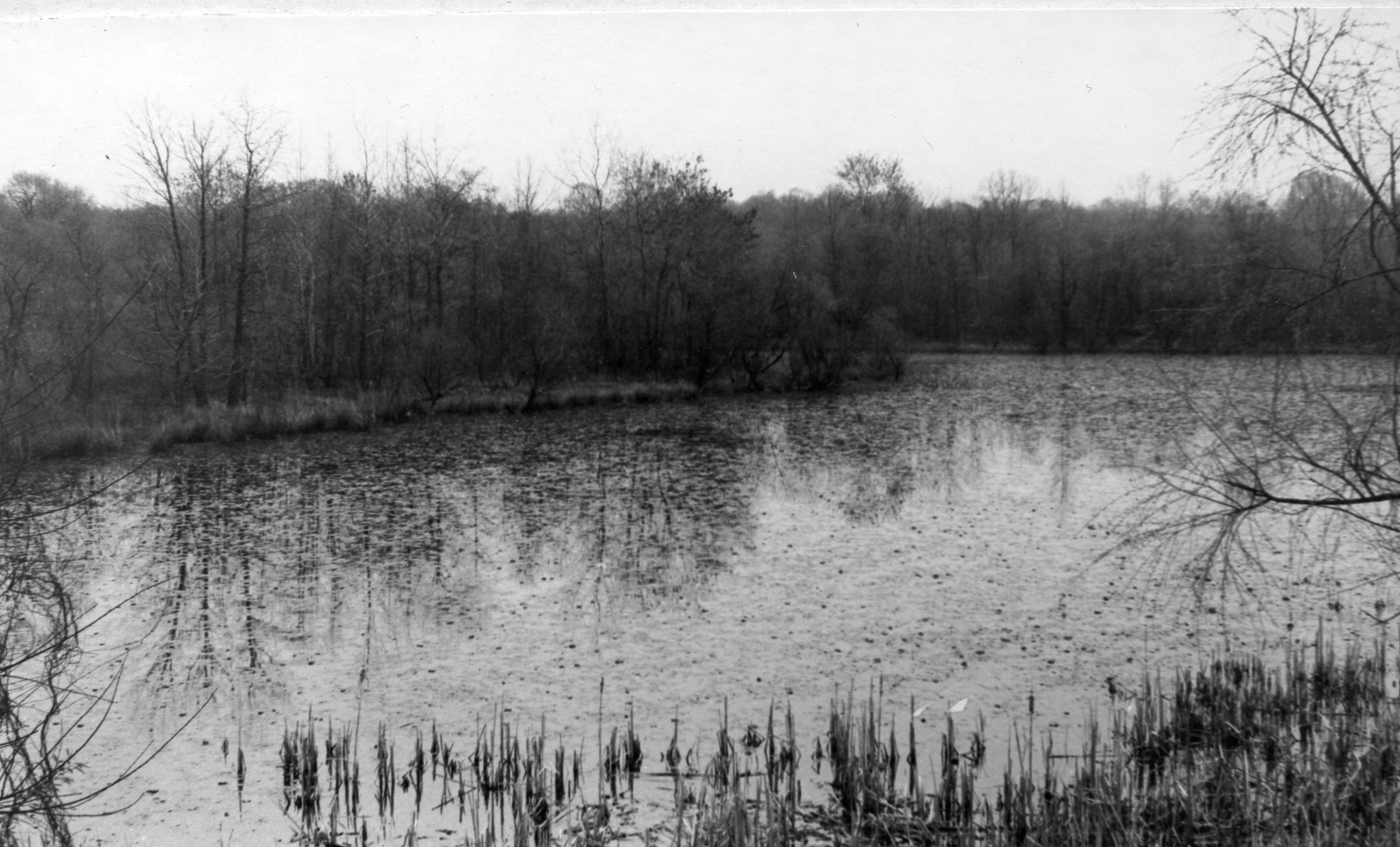
Lake Artemesia was initially dug in the mid-nineteenth century by the Baltimore and Ohio Railroad to retrieve gravel for use as ballast. It was later developed for recreational use by Edwin A. Newman in the 1890s. The lake was a center of recreation for the community, with swimming and fishing in summer and skating in winter. The lake was also the site of breeding ponds for the Baltimore Goldfish Company and later the U.S. Bureau of Fisheries.

Land prepared for construction of townhomes
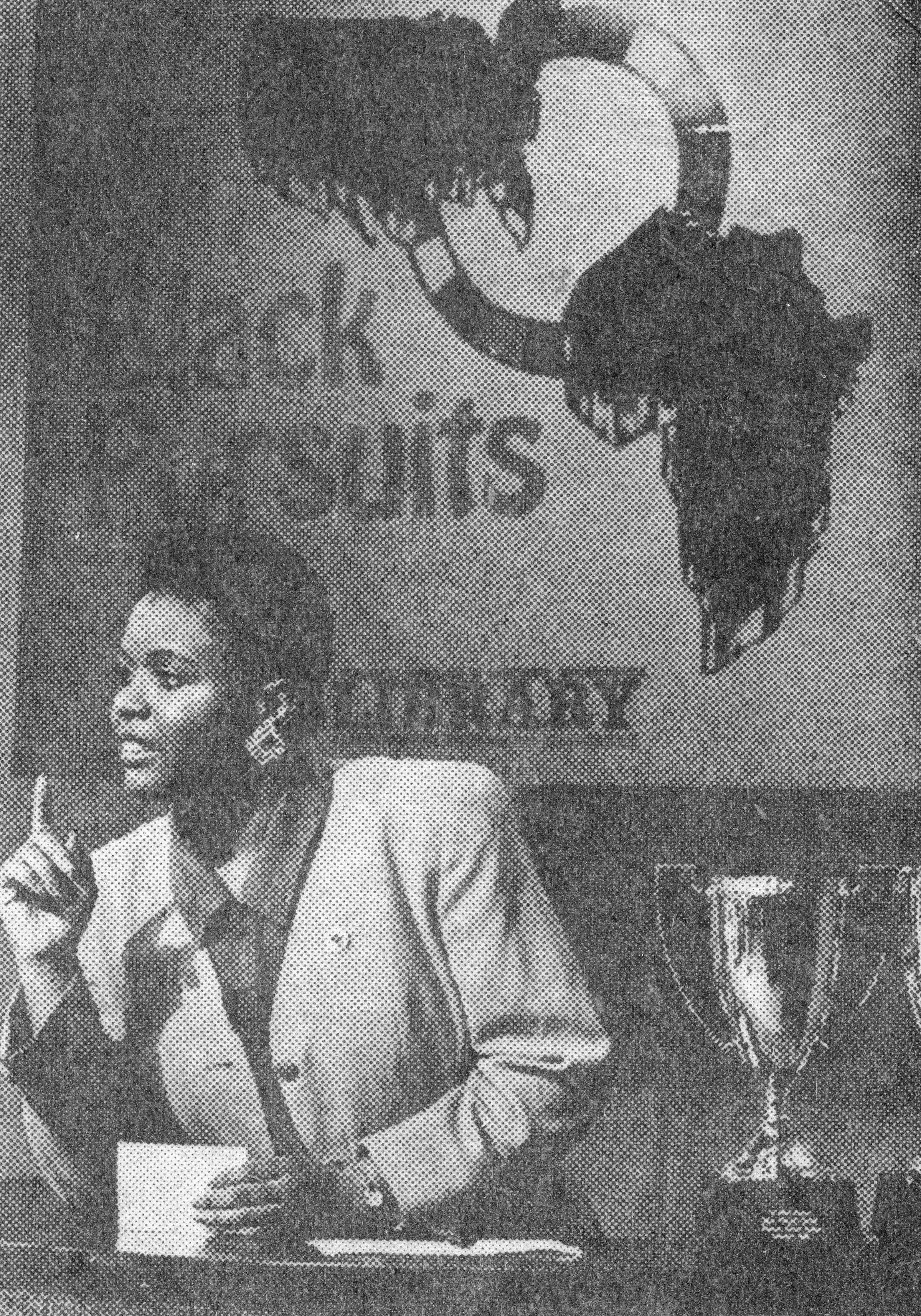
Newspaper photo from Washington Post Avis Matthews quiz master for Black Pursuits
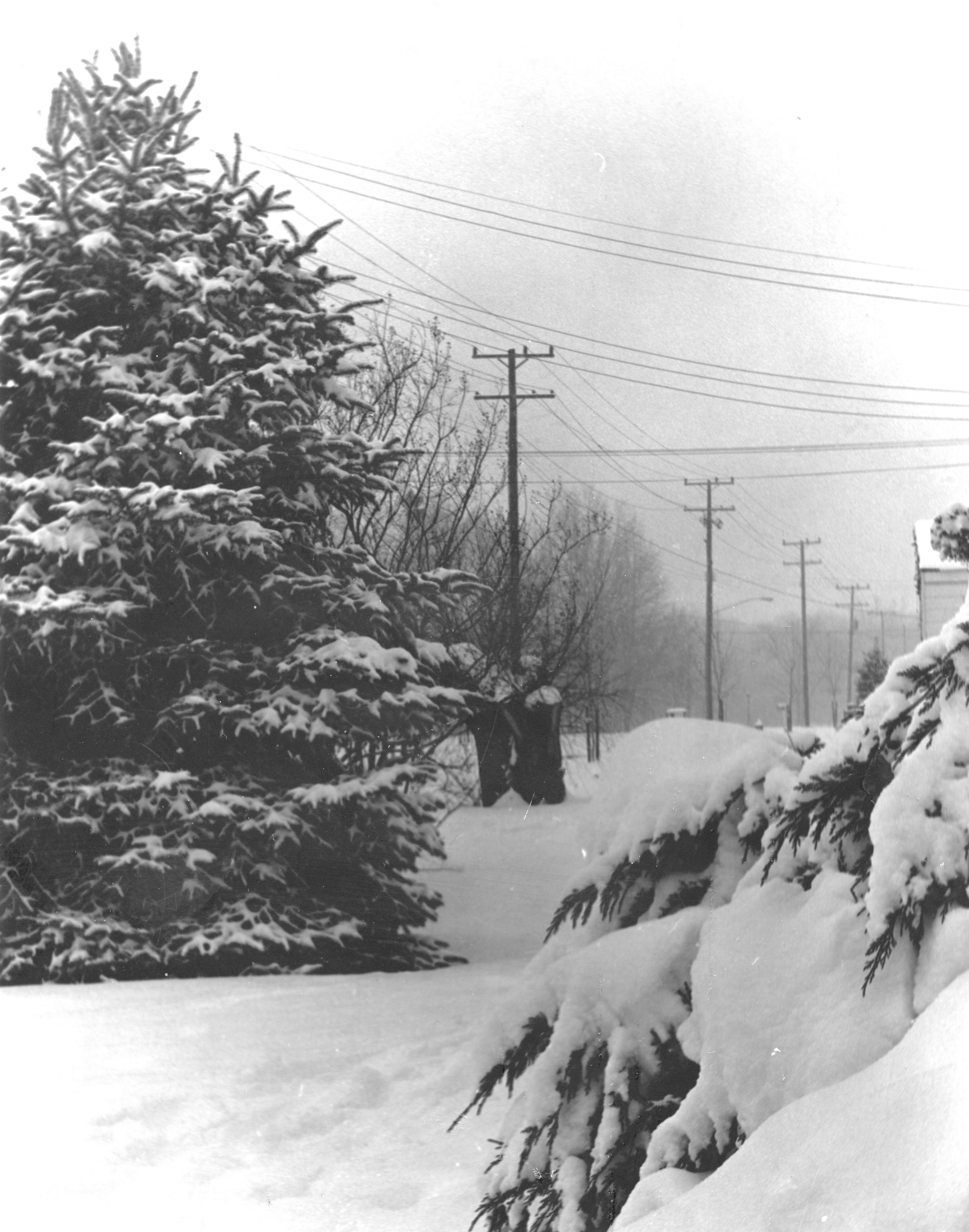
Snowy day on Pierce Avenue

City of College Park public works crew with City boundary sign

Washington Post Leon Wynte February 11, 1982 Page B1 Residents of Lakeland describe the community that once was, homes. and childhood memories. They asked for help to stop flooding, pave roads and improve some of homes. What they received was an ease of flooding as well as sidewalks, and a high rise apartment building for senior citizens. Gone though are 104 of the community's 150 households. Federal bureaucracy and inflation are blamed for this outcome. One former resident is grateful for the program as it helped her move to an accessible modern home. Another said he doesn't visit anymore as "Everything's been pushed out" Lakeland is less than a mile in area and divided by railroad tracks. It was once a white community and some burned their homes when leaving. Dispite little support from others a Black community thrived with its own institutions. There was a high school, tavern, Elk's Hall, American Legion post. At the start of the project residents were optimistic. In 1965 the area was surveyed. Four years later a 36 page urban design plan was created. In 1971 the Federal Department of Housing and Urban Development approved $5 million for the project and $1.2 million was to come from the City of College Park. The original plan called for 90 units of low to moderate income housing mixed with 47 single family homes in the western area along with 300 units of housing in the east. Little of this took came about. Work was held up over environmental concerns causing home purchases to not begin until 1973. Jack Callahan, urban renewal director reported the program cost by 1976 had doubled. The City then asked HUD for more money. Ed Finder joined the City staff and brought new life to the program. He was a former reginal director with New York states' Urban Development Corporation. He used his connections to find interest in the project. Five developers made proposals. Lakeland residents endorsed their top three proposals. Leon Weiner was not among that group. Finder endorsed Weiner, a known developer of government backed projects and the city agreed. He proposed high rise apartment buildings. Finder left the project the next year and is now director of economic development in Paterson NJ, Of the project he is quoted as saying "There are people who may be bitter." The Project Area Committee made up of residents pretested plan changes. Mary Braxton said she has a box full of records from the project and hates to think about what took place. It makes her ill. Vernice Buell of HUD said it was rare for residents to return unless a real effort is made to meet their desires for housing. Harry Braxton, Jr called the bulldozer the 'giant eraser'. No recreation facility was included in the plan and the PAC requested the purchase of the Lakeland High School building to fore fill that use. That request was declined. Mrs. Braxton said "What we have looks good, but we don't have much" "We gave up two-thirds to get one-third."
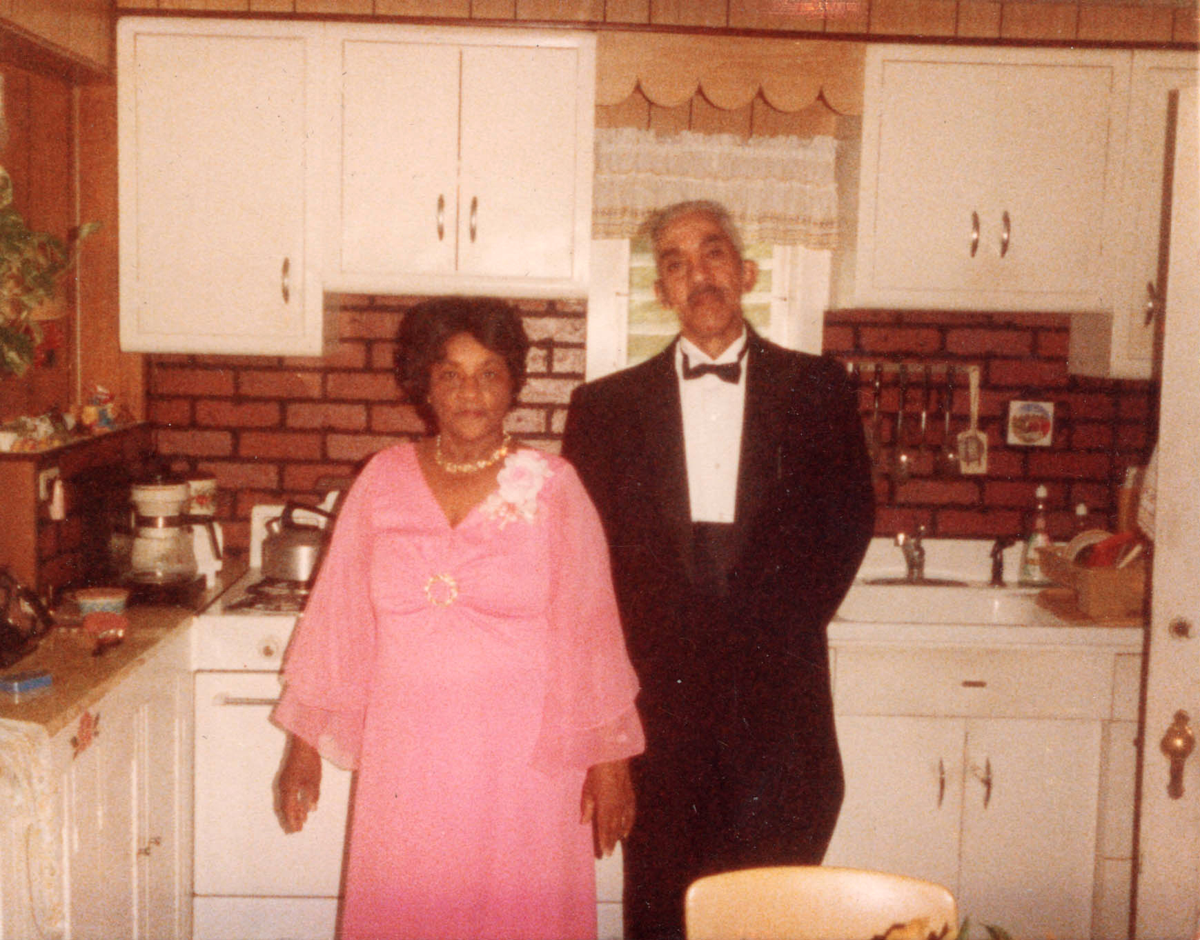
In their kitchen on Navahoe Street

Dancers from St. Andrew Kim Catholic Mission Dedication Lakeland Park

Letter to College Park Public Works Director from Prince George's County Department of Licenses and Permits concerning zoning violation by operating a construction yard for an asphalt paving company at 5701 Detroit Avenue.